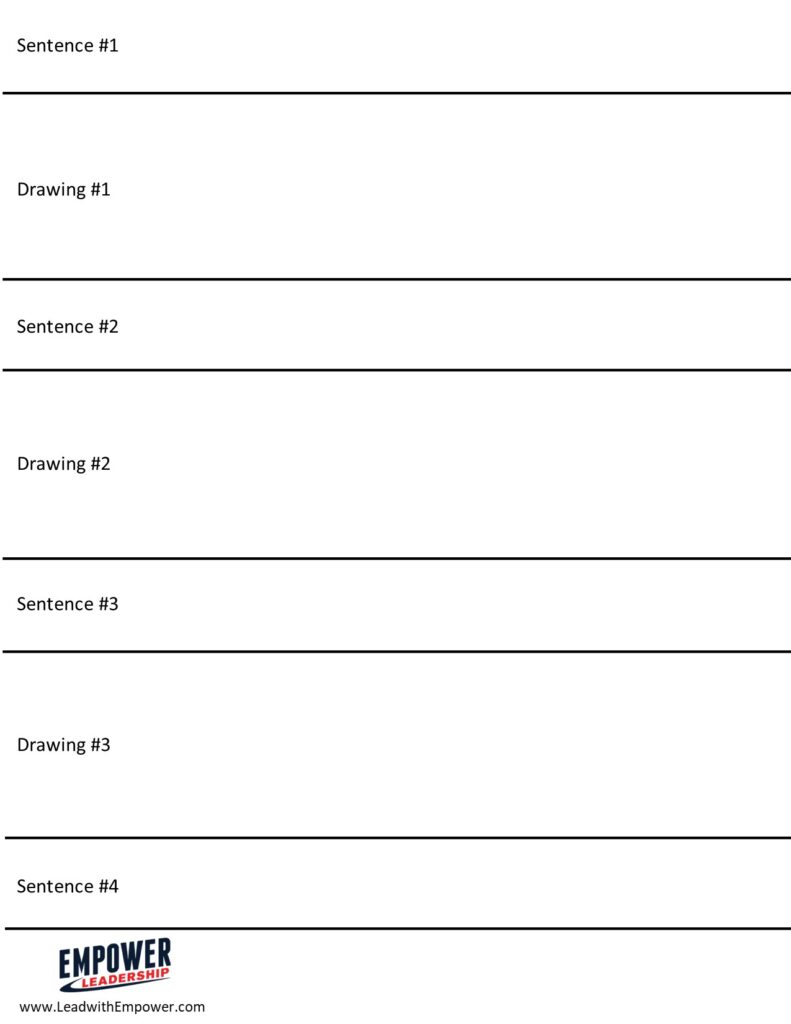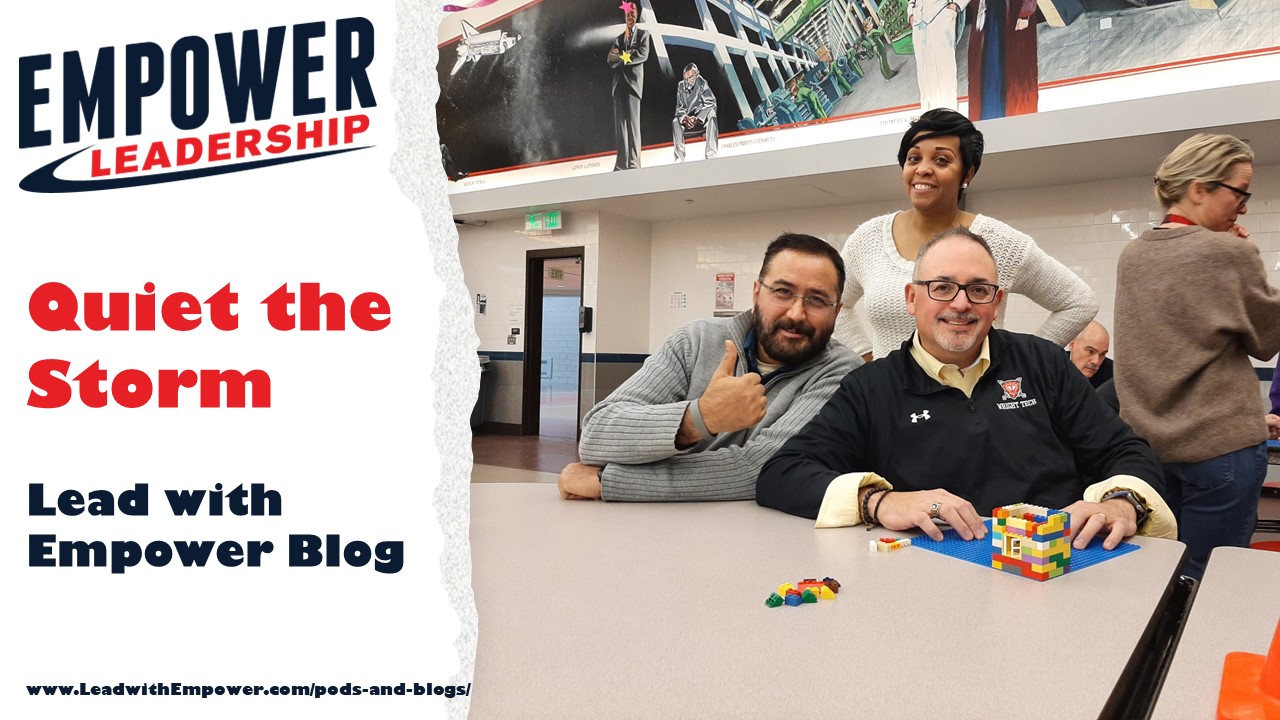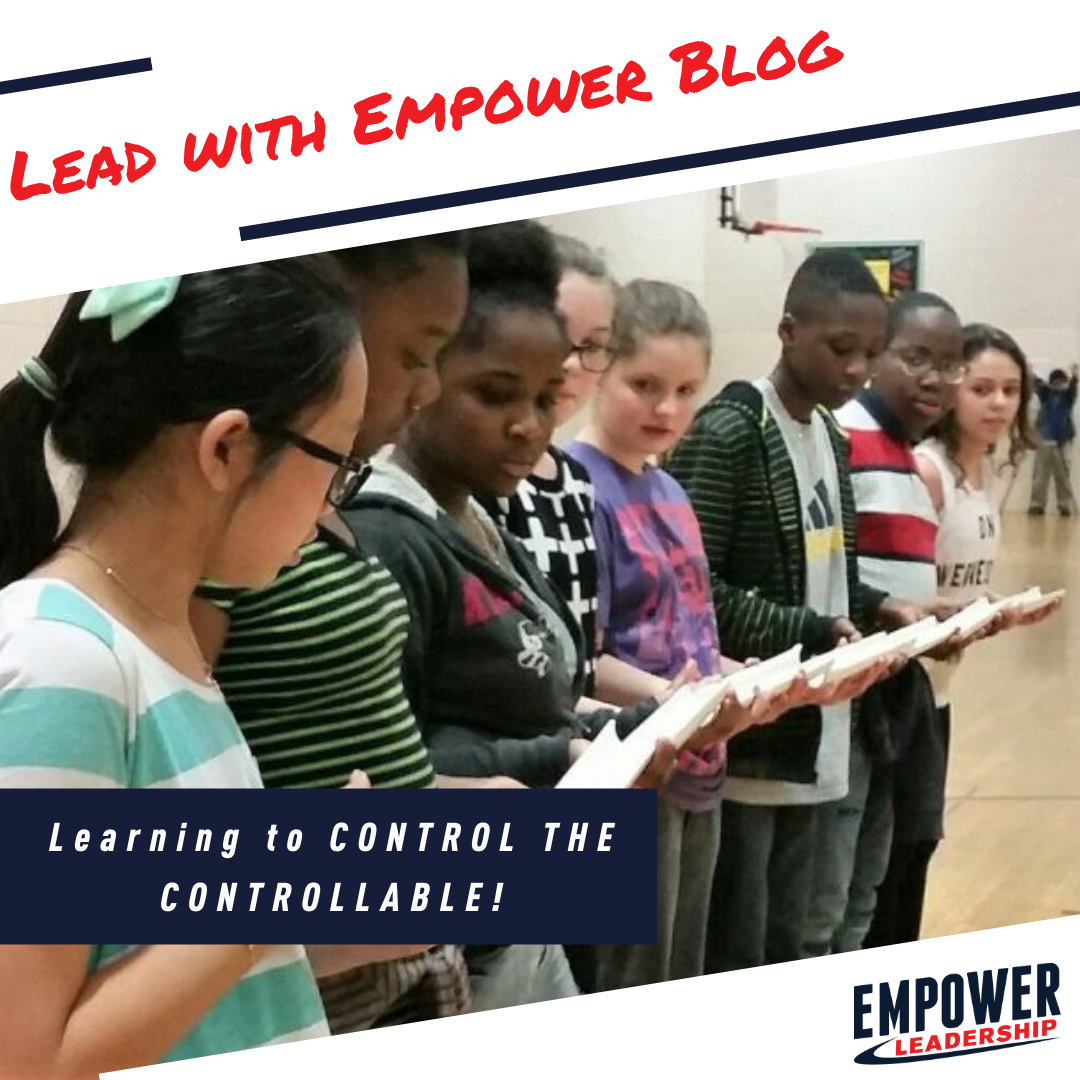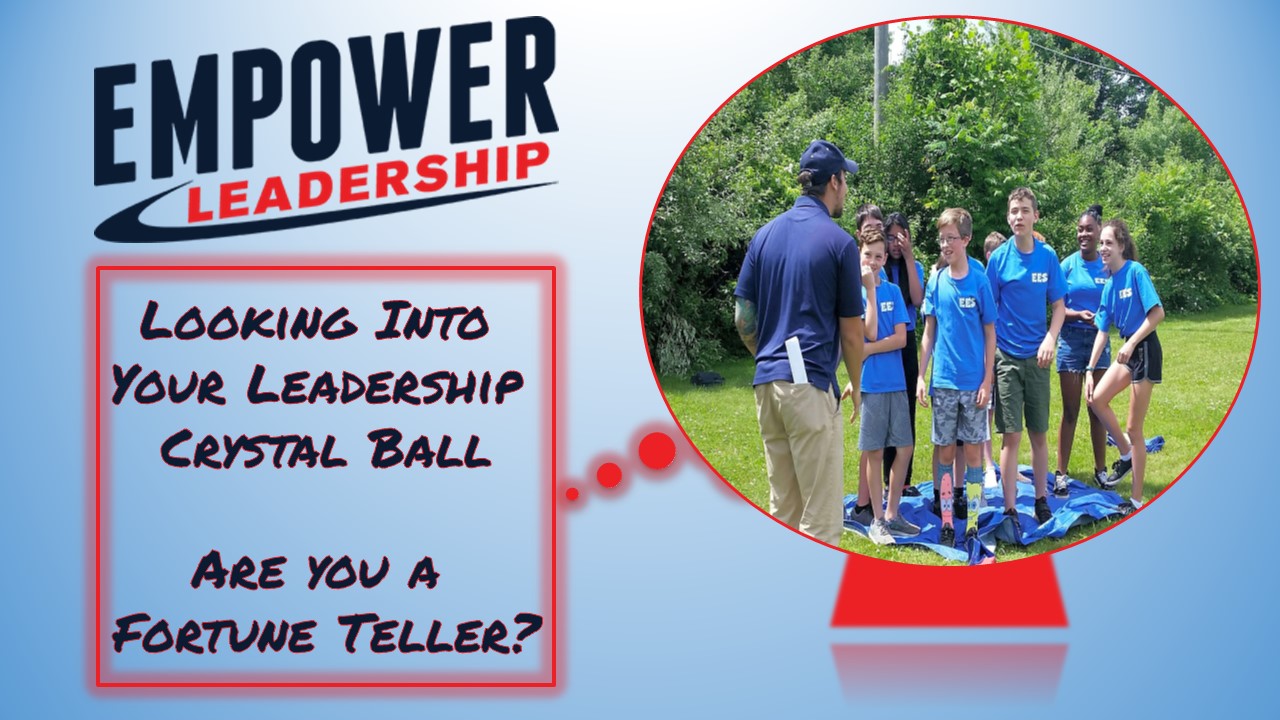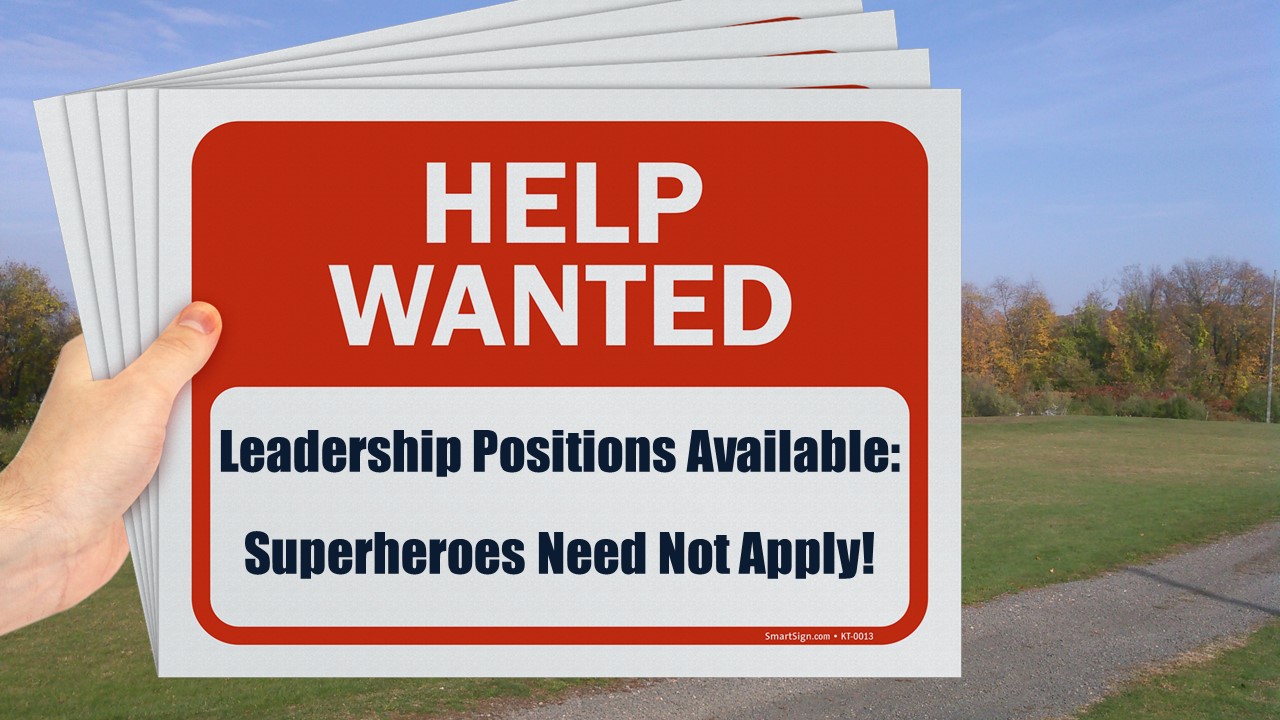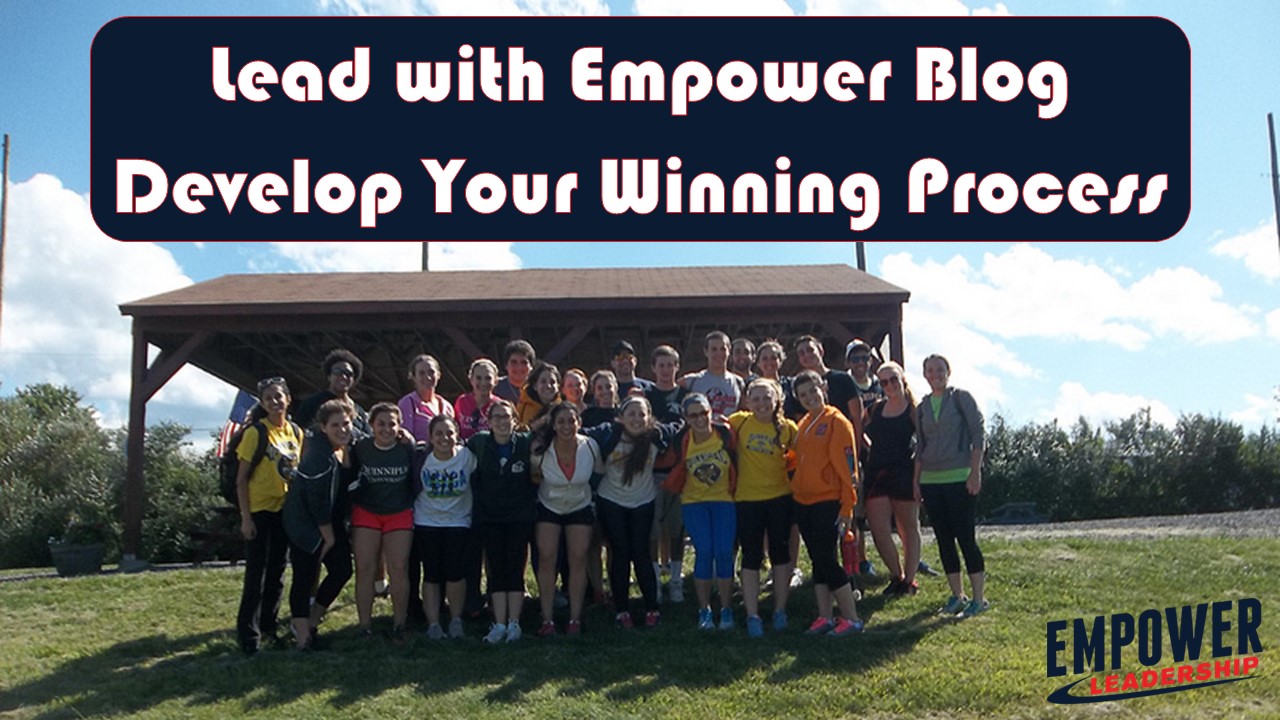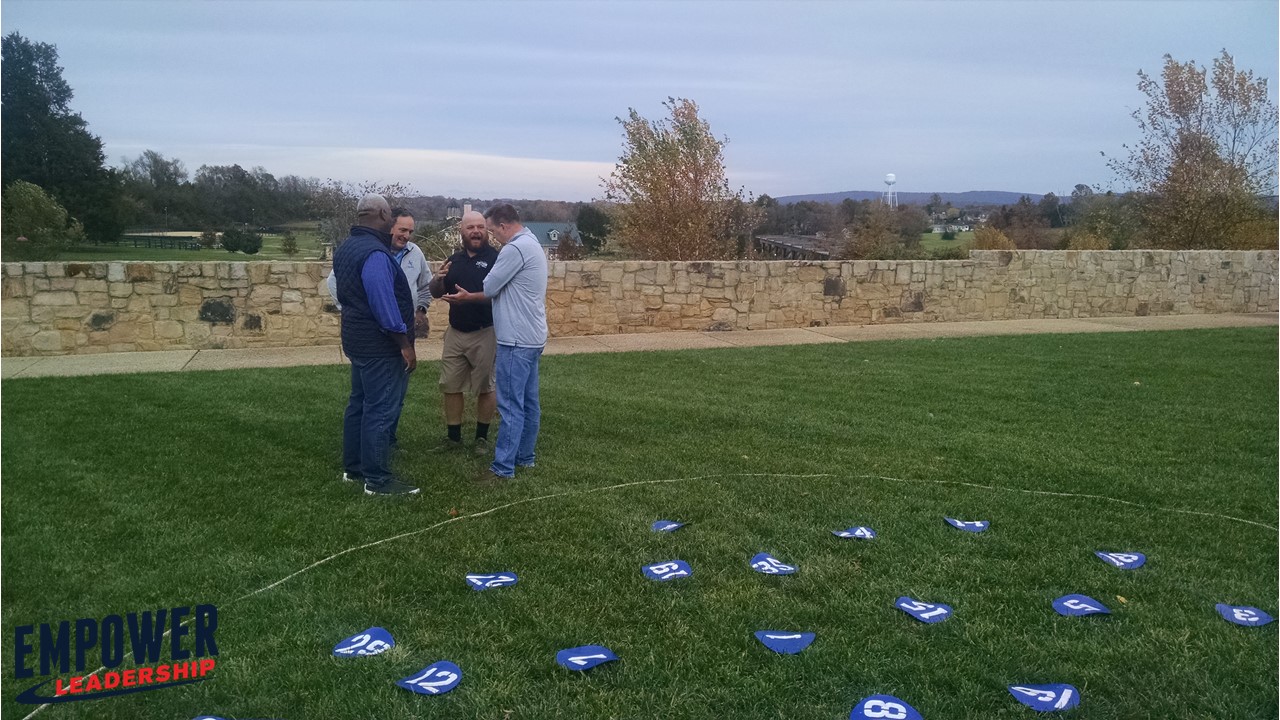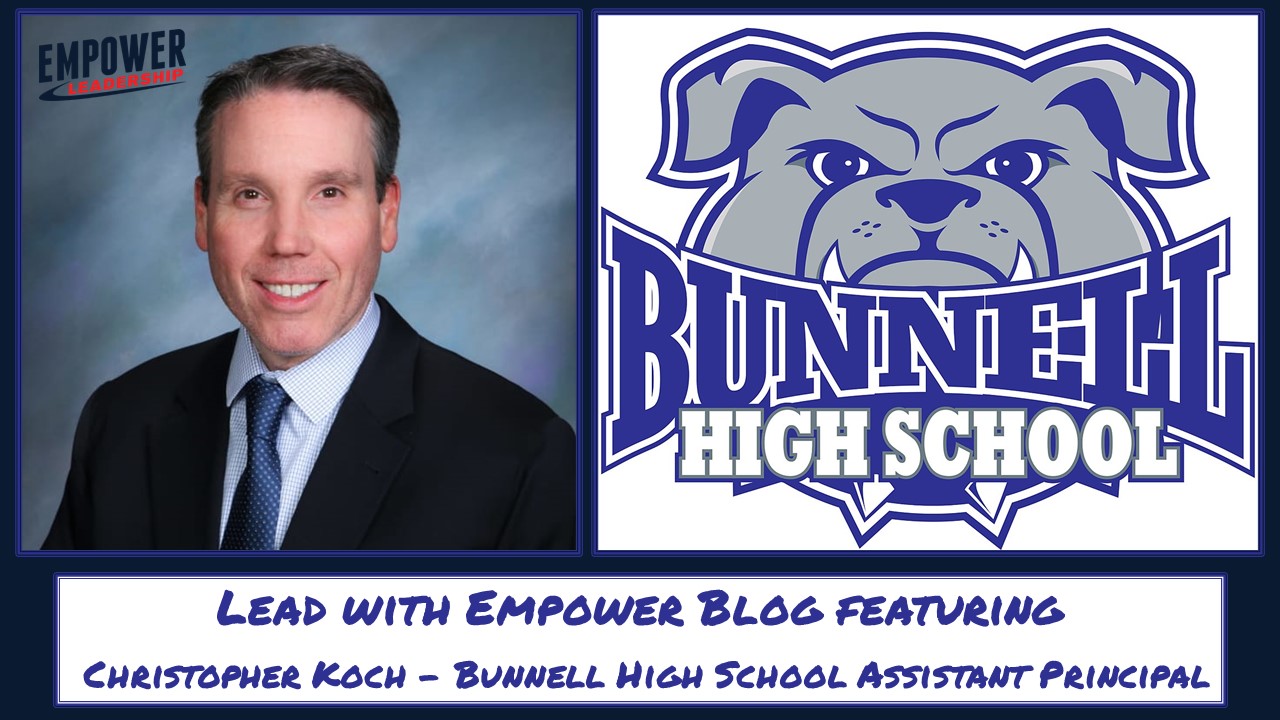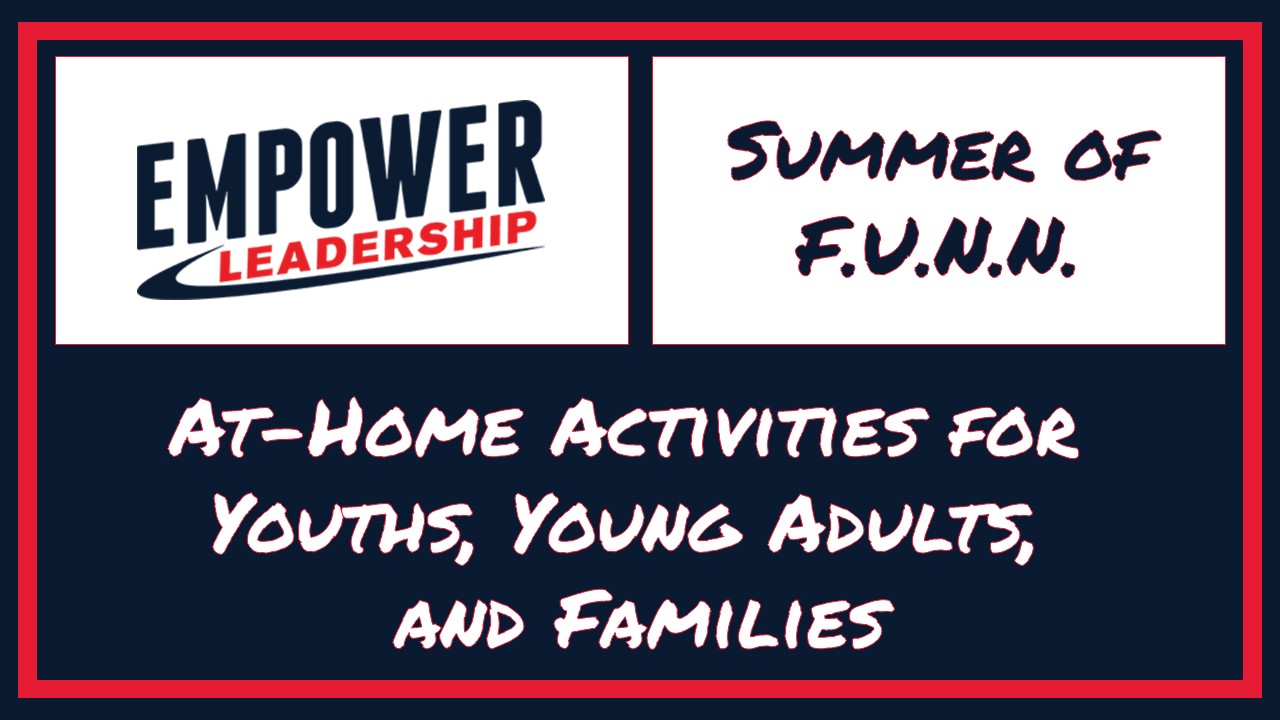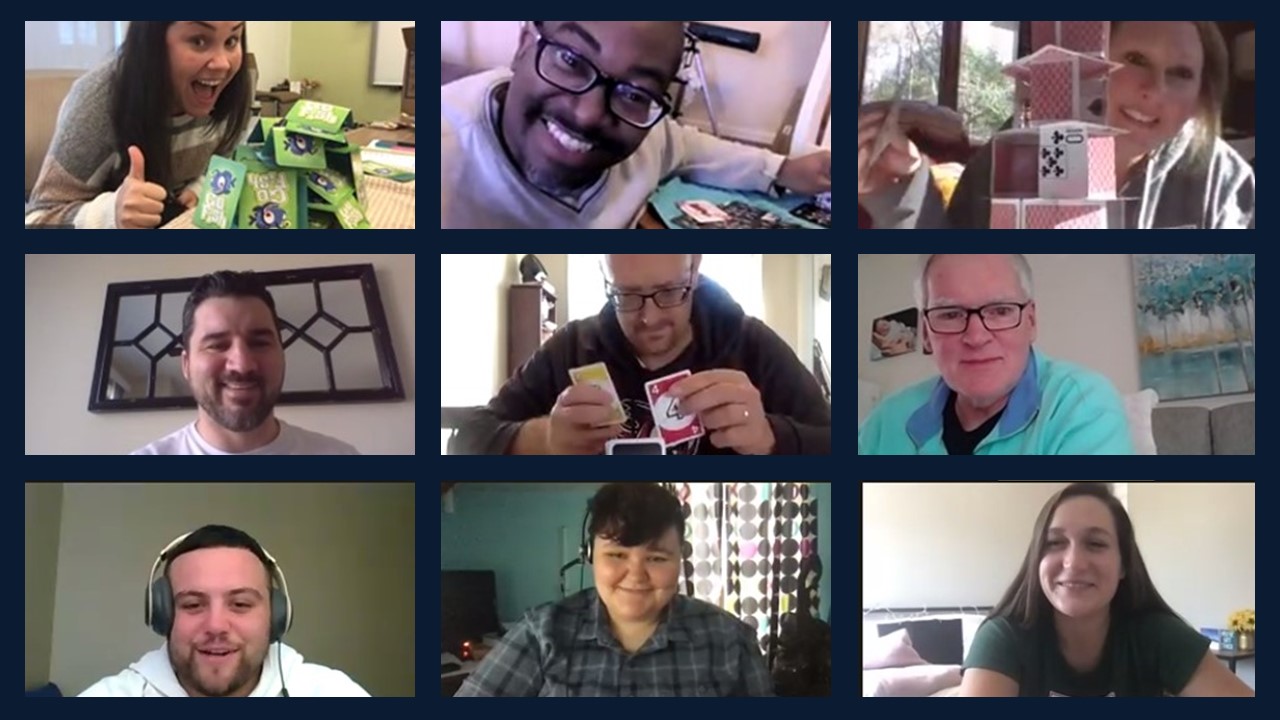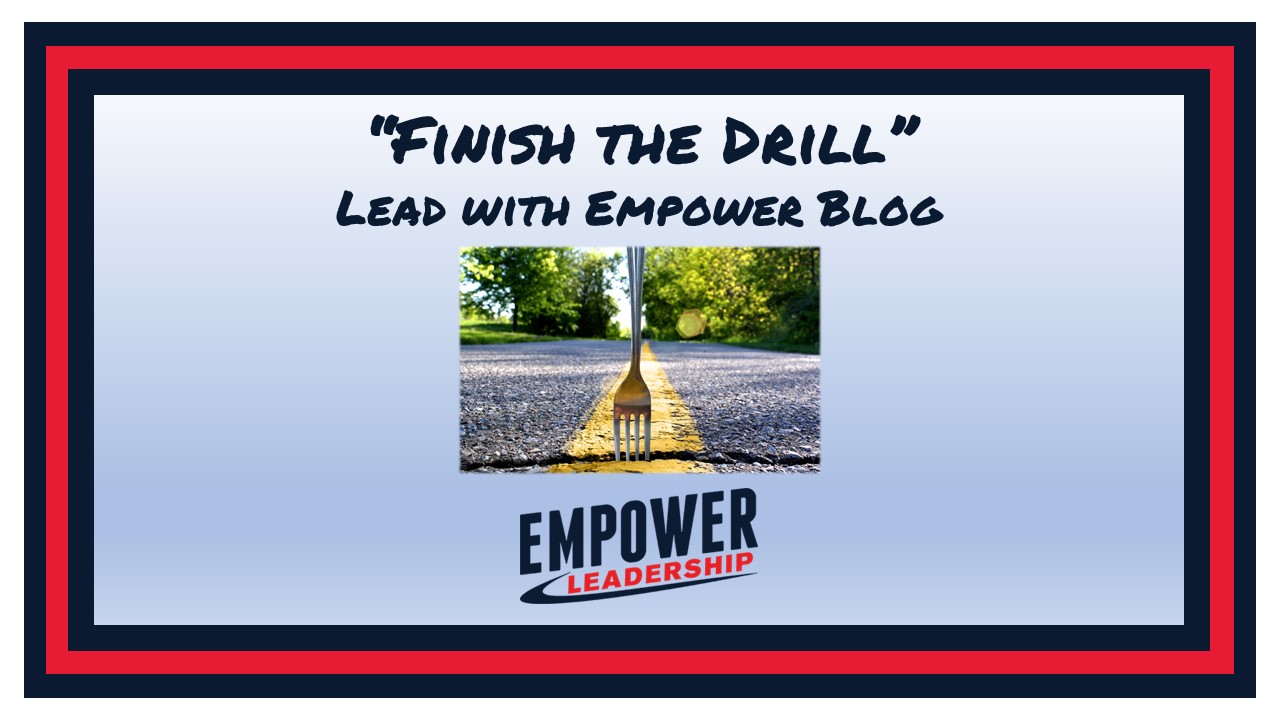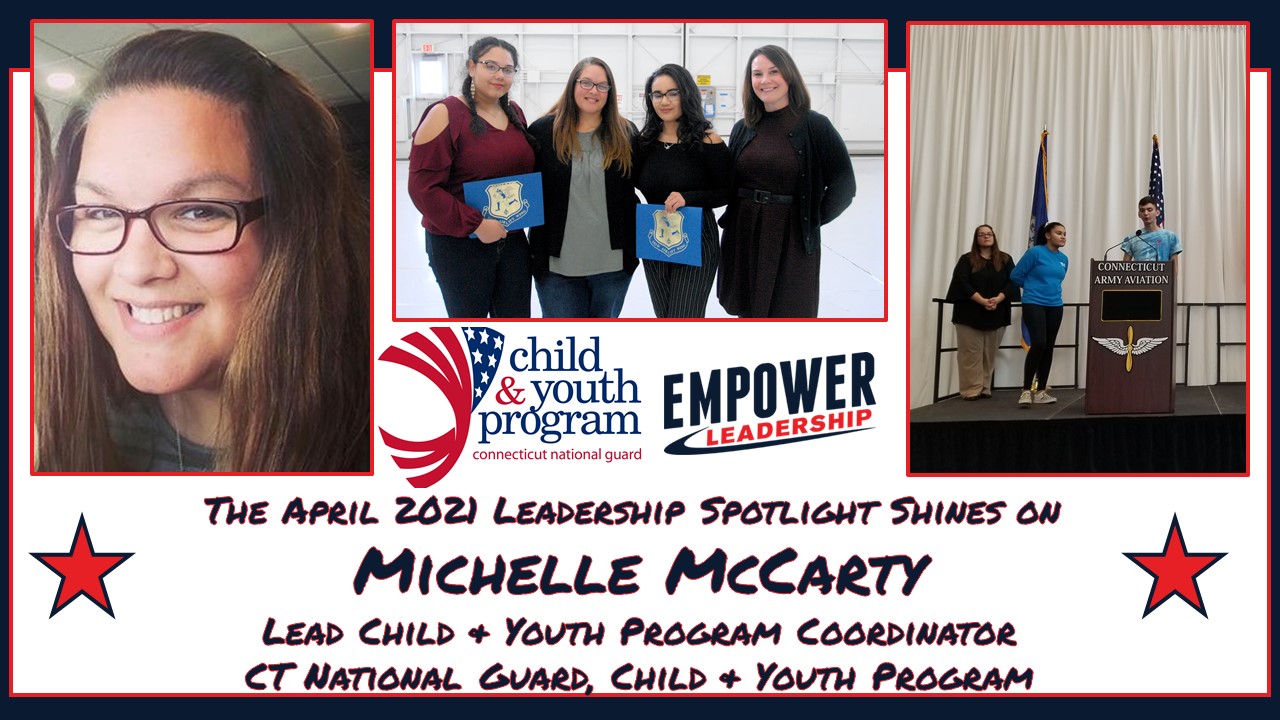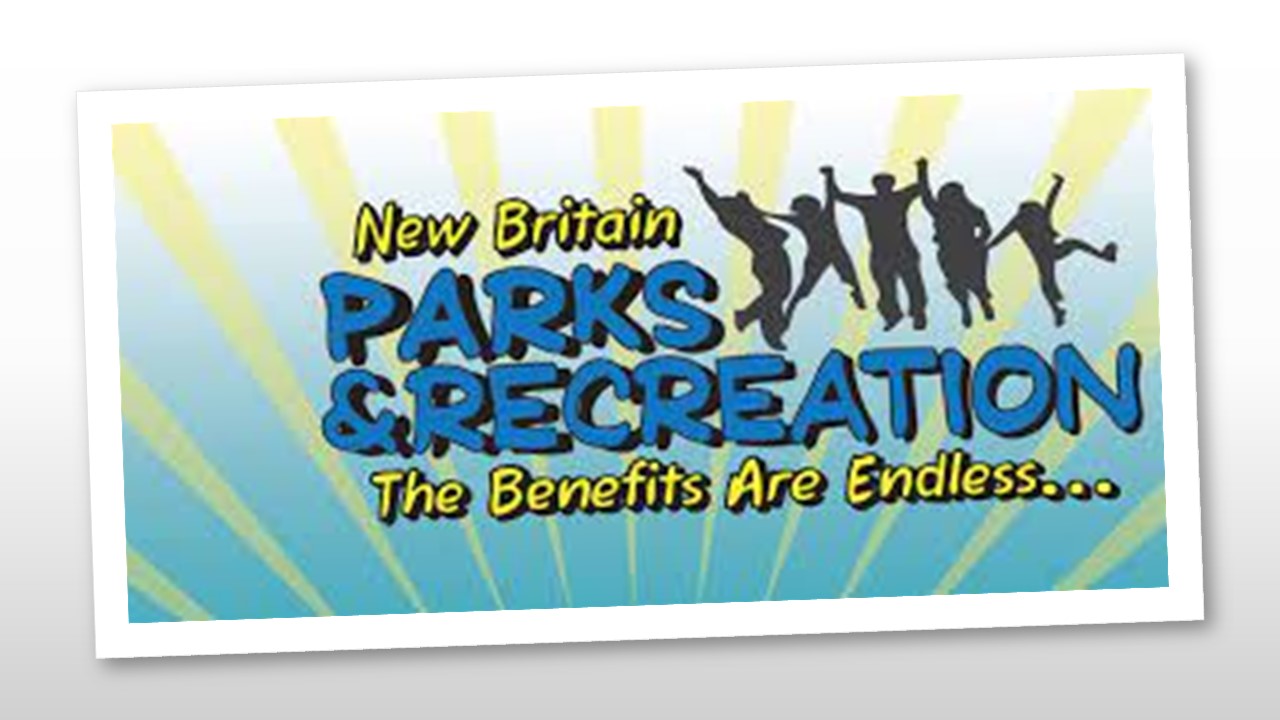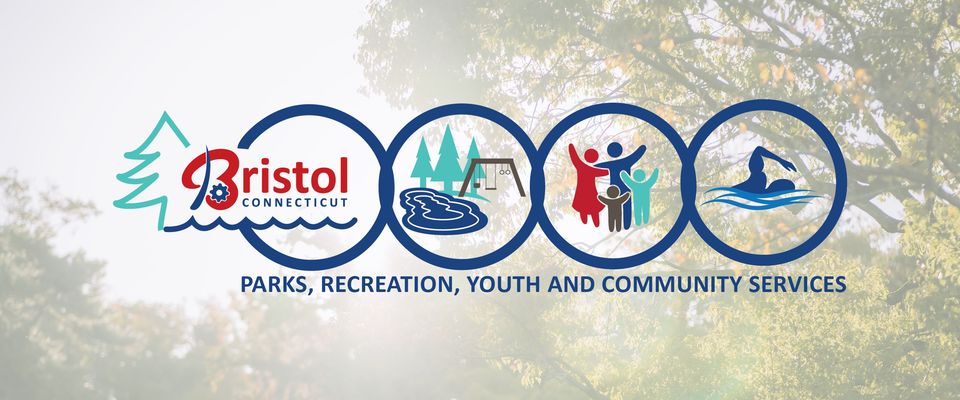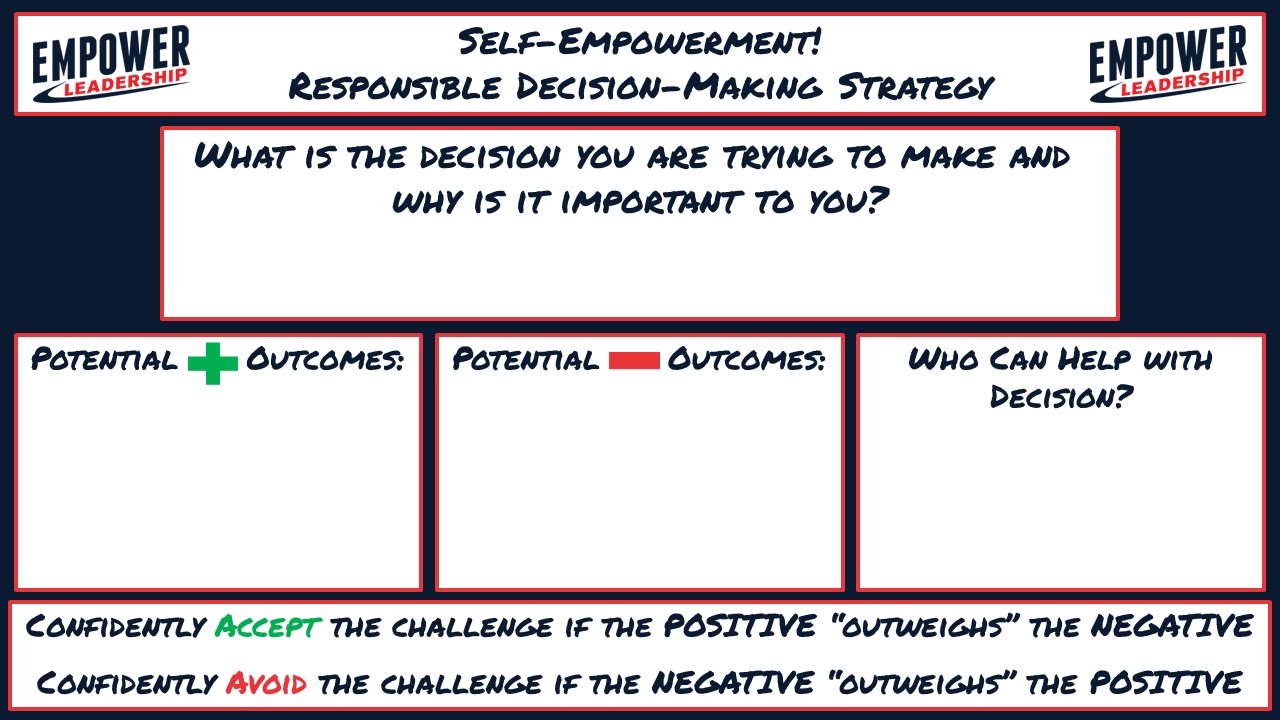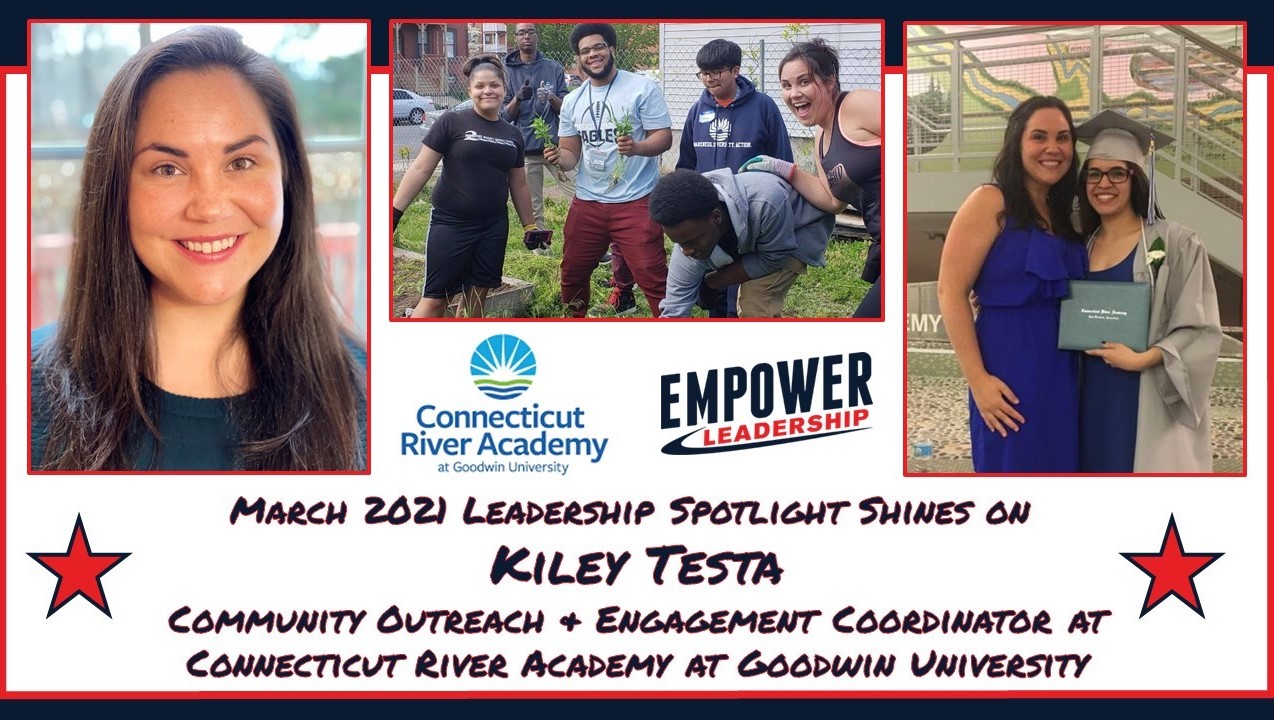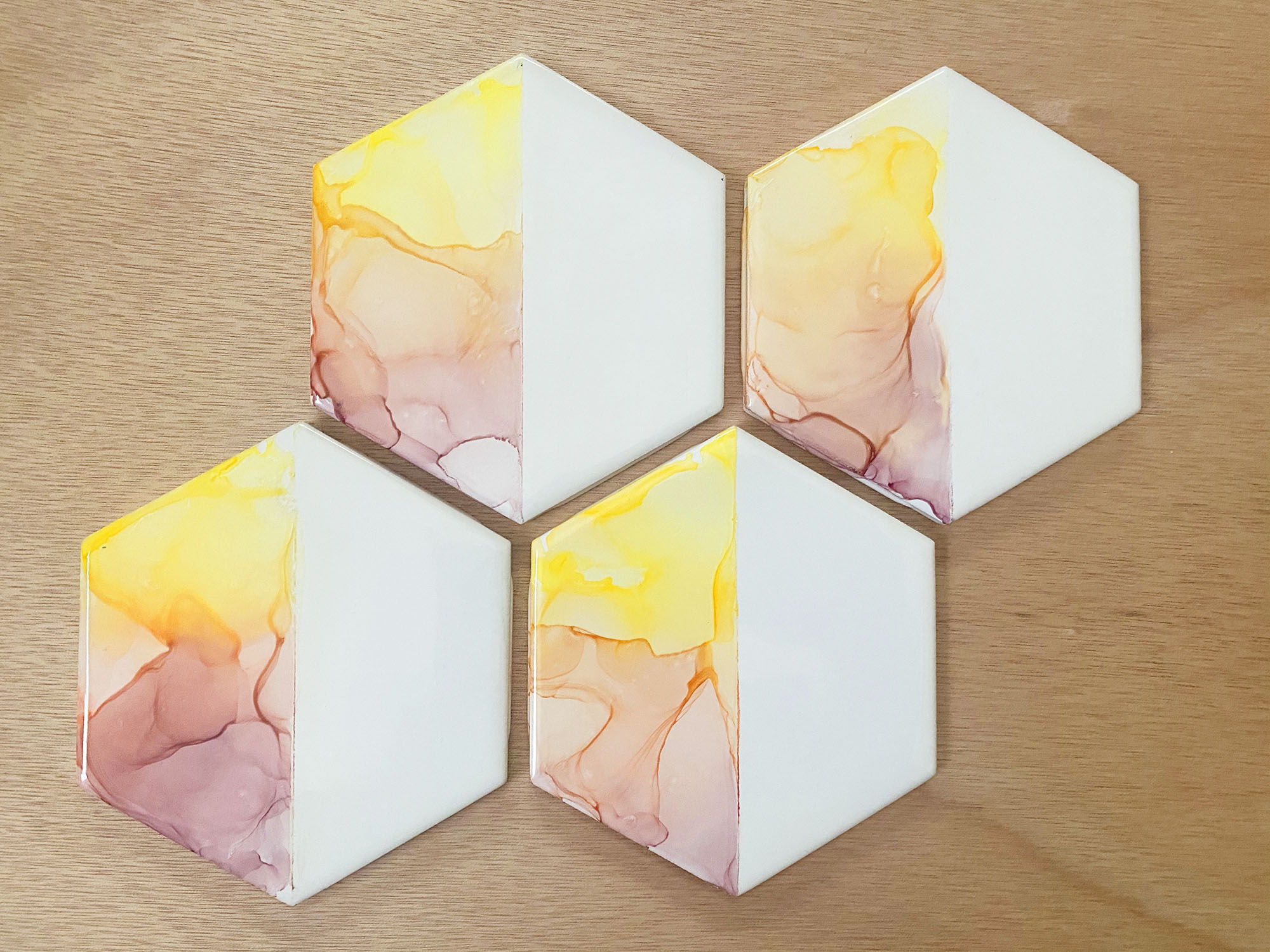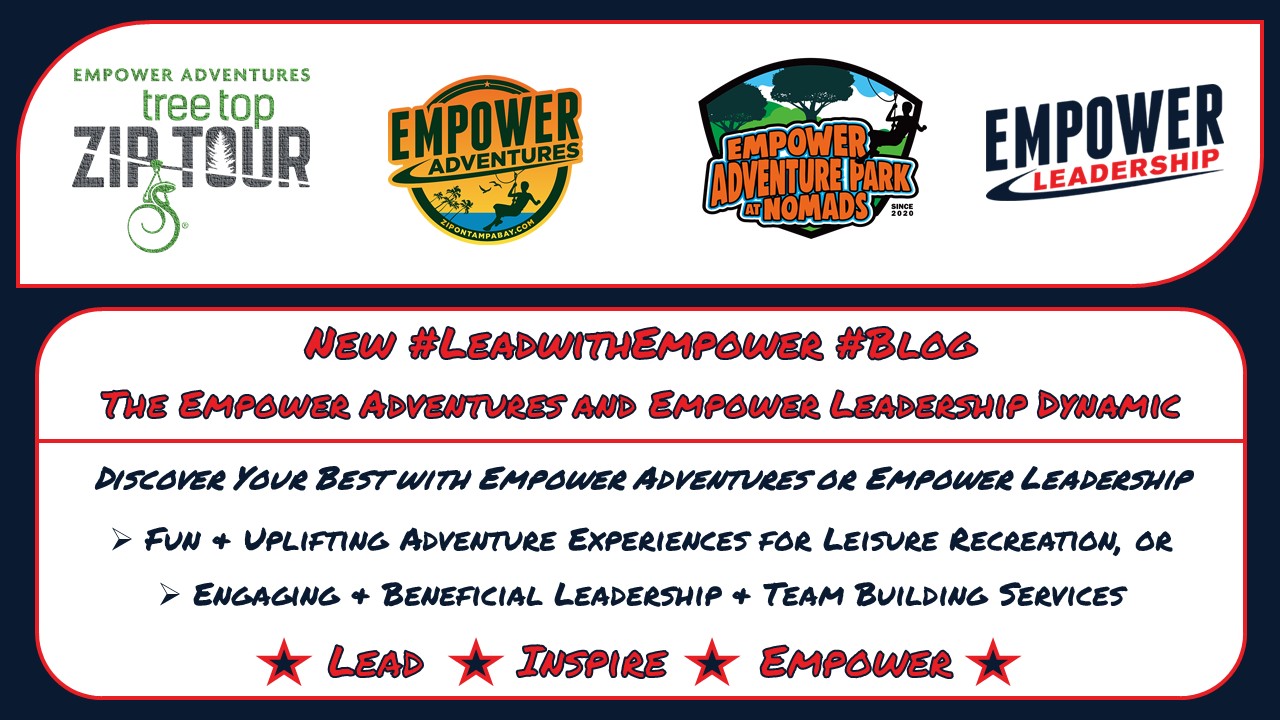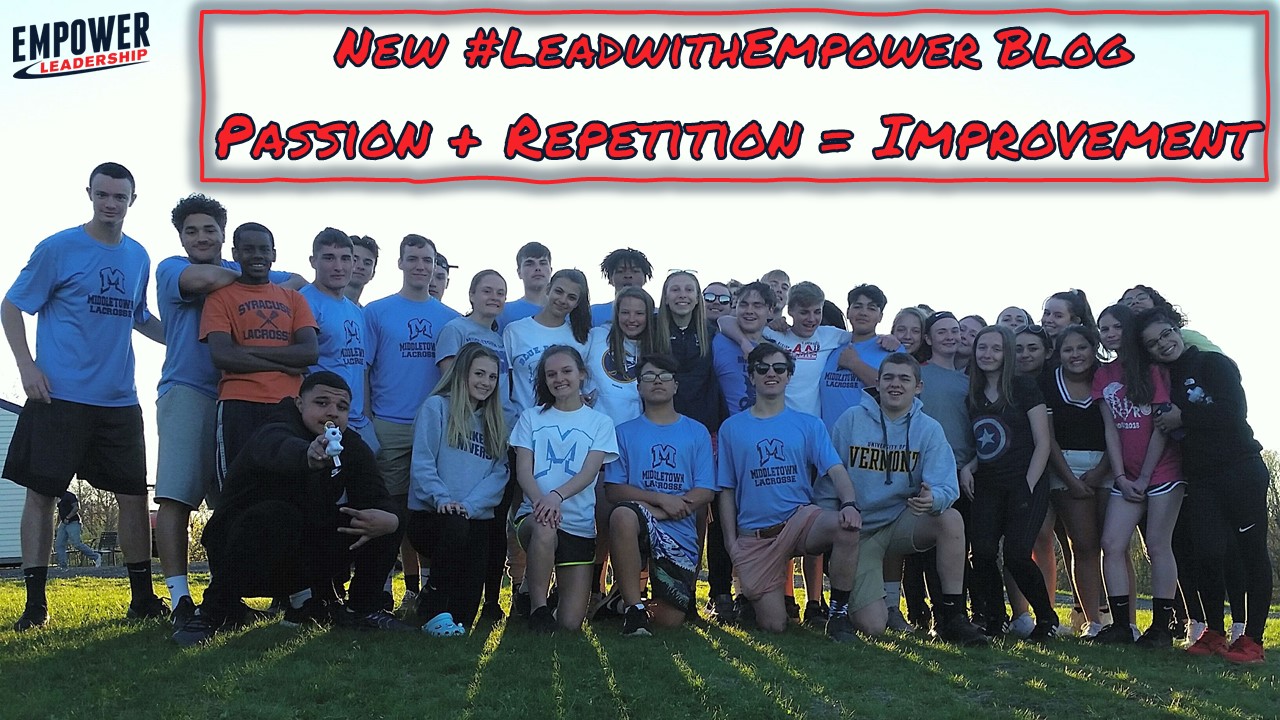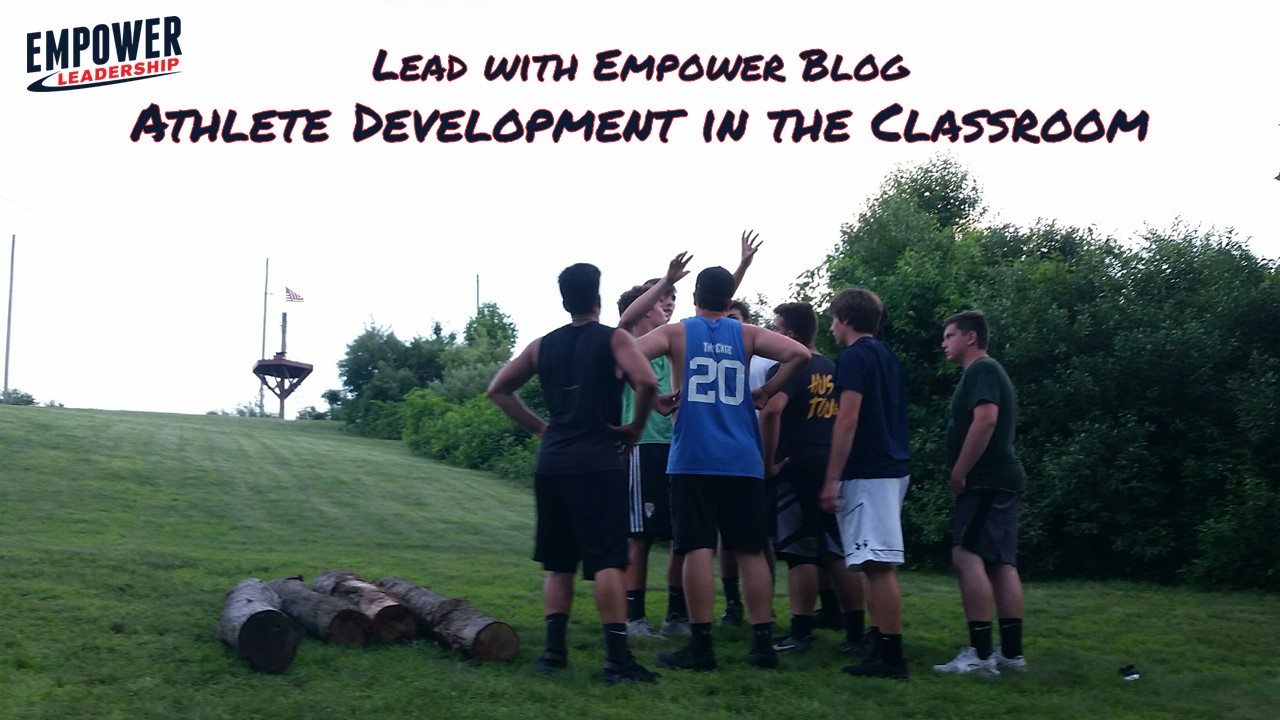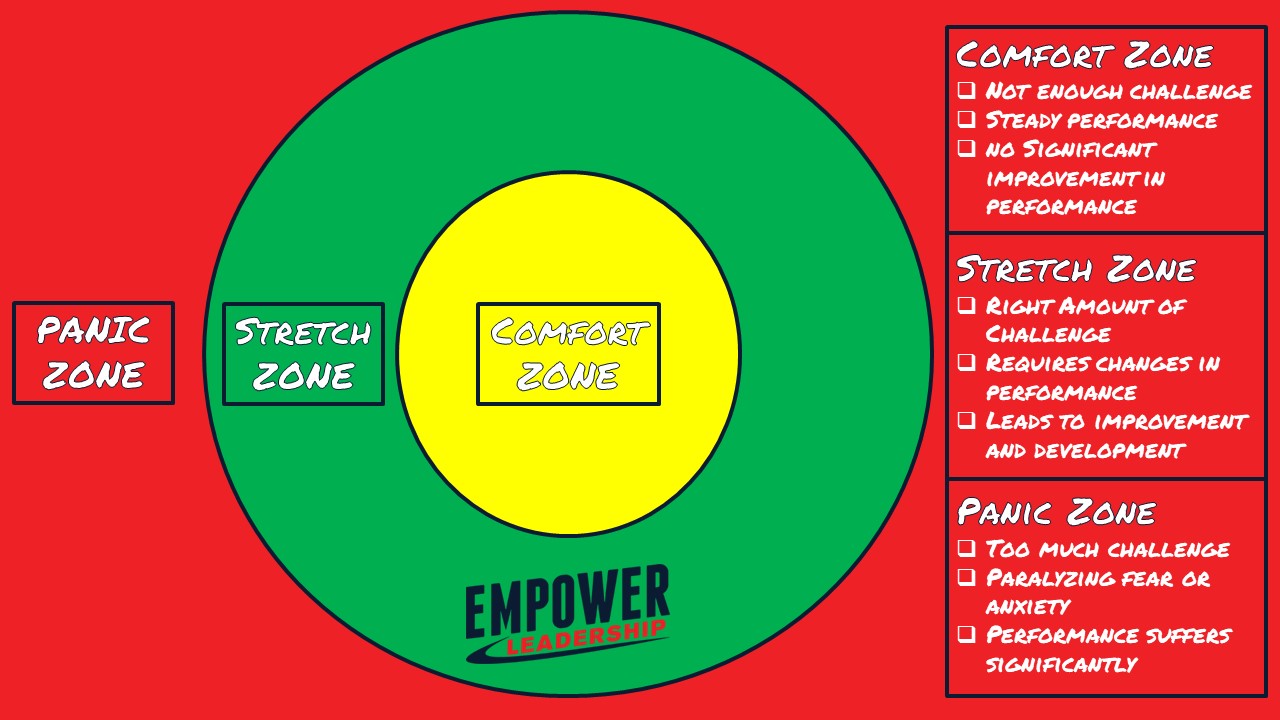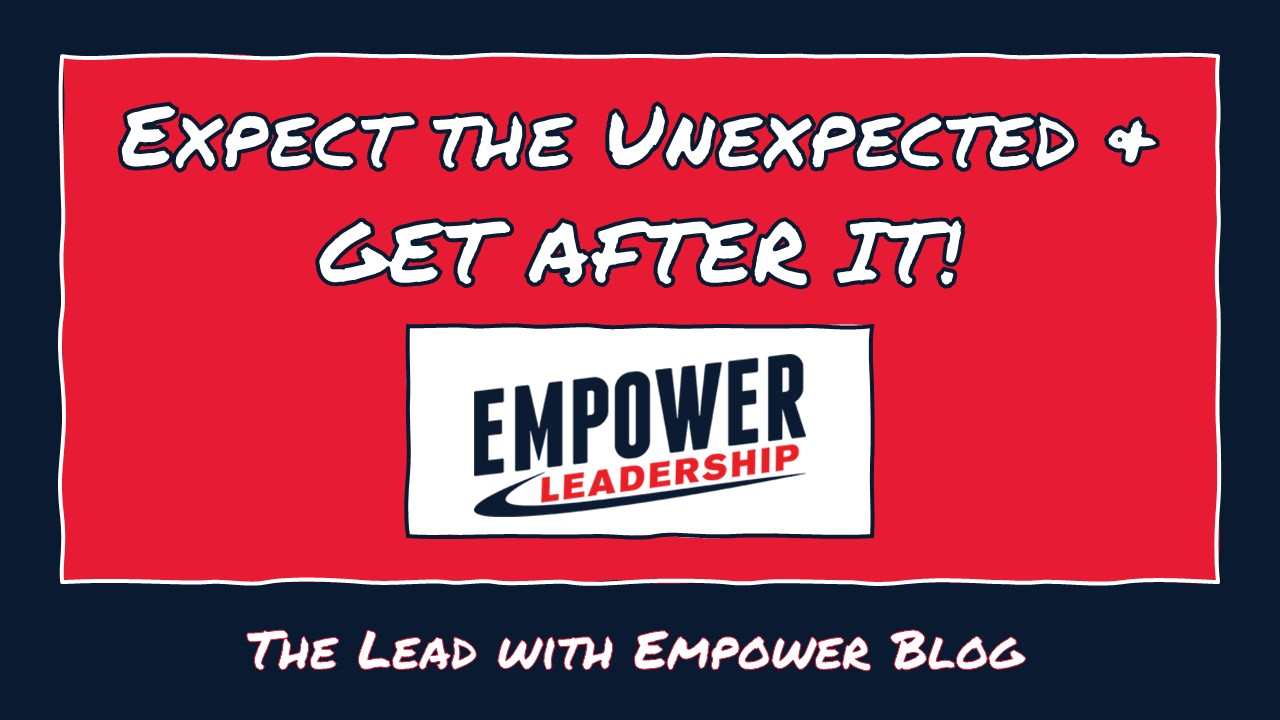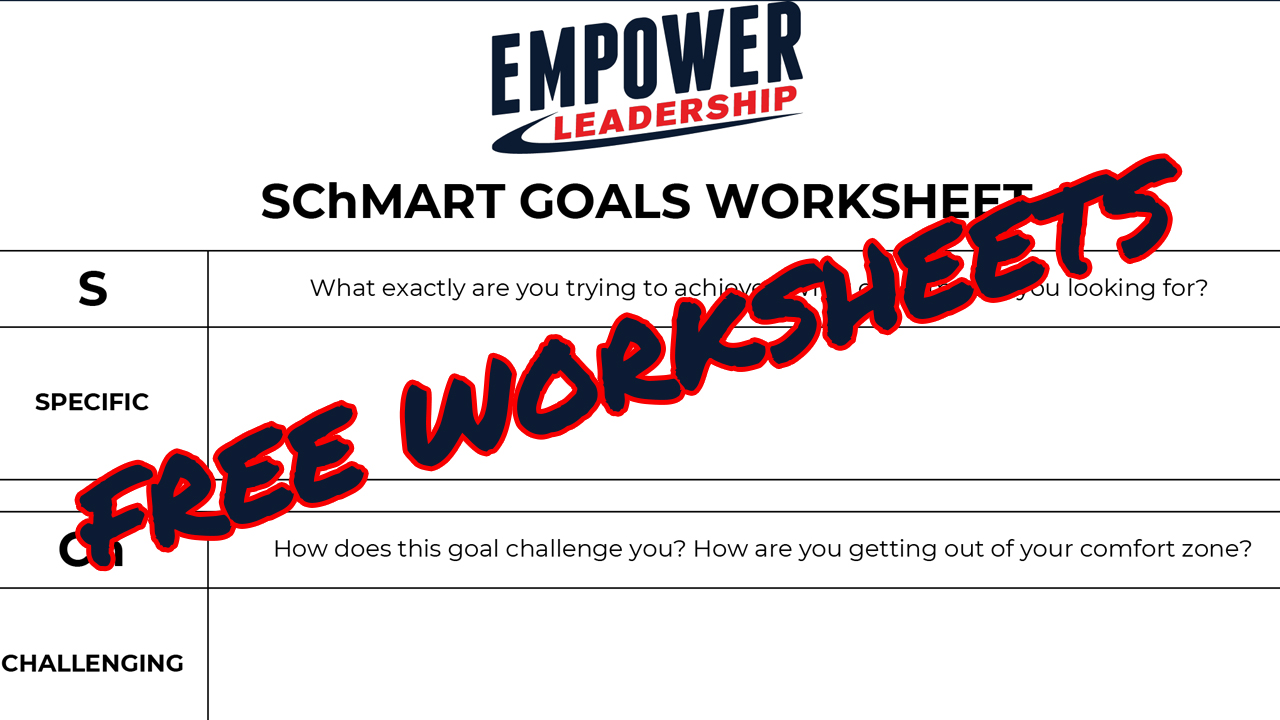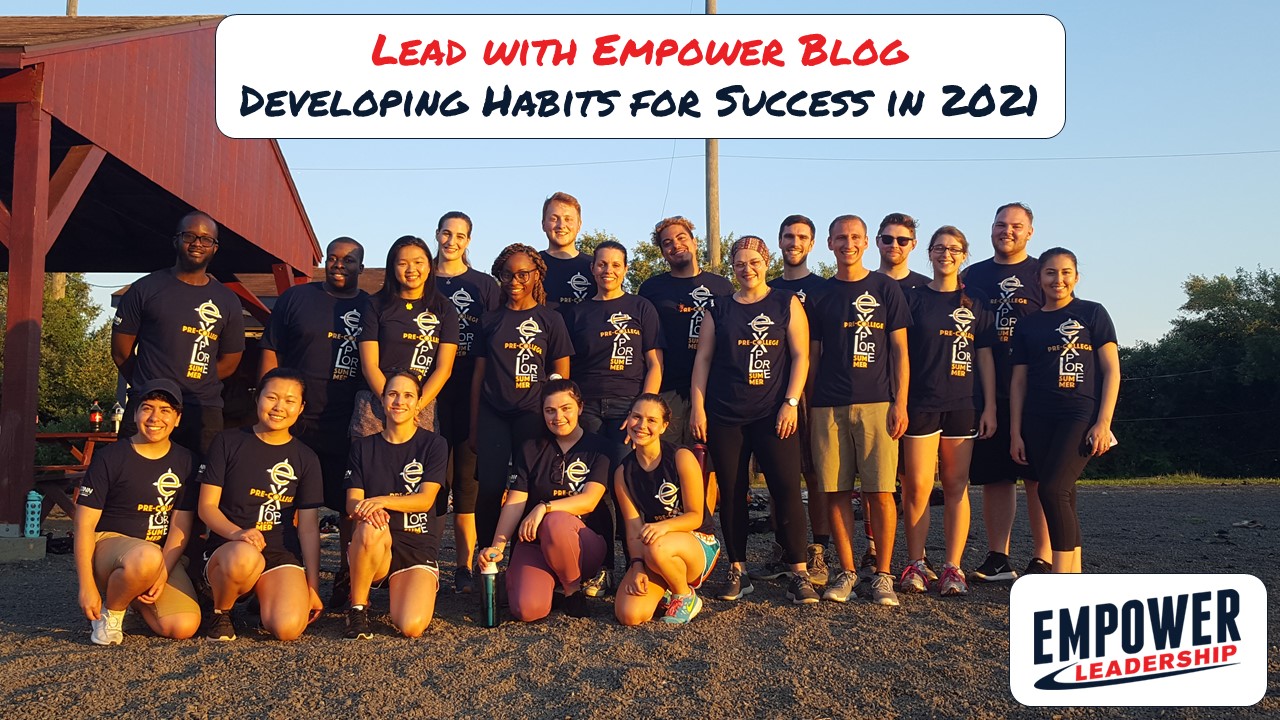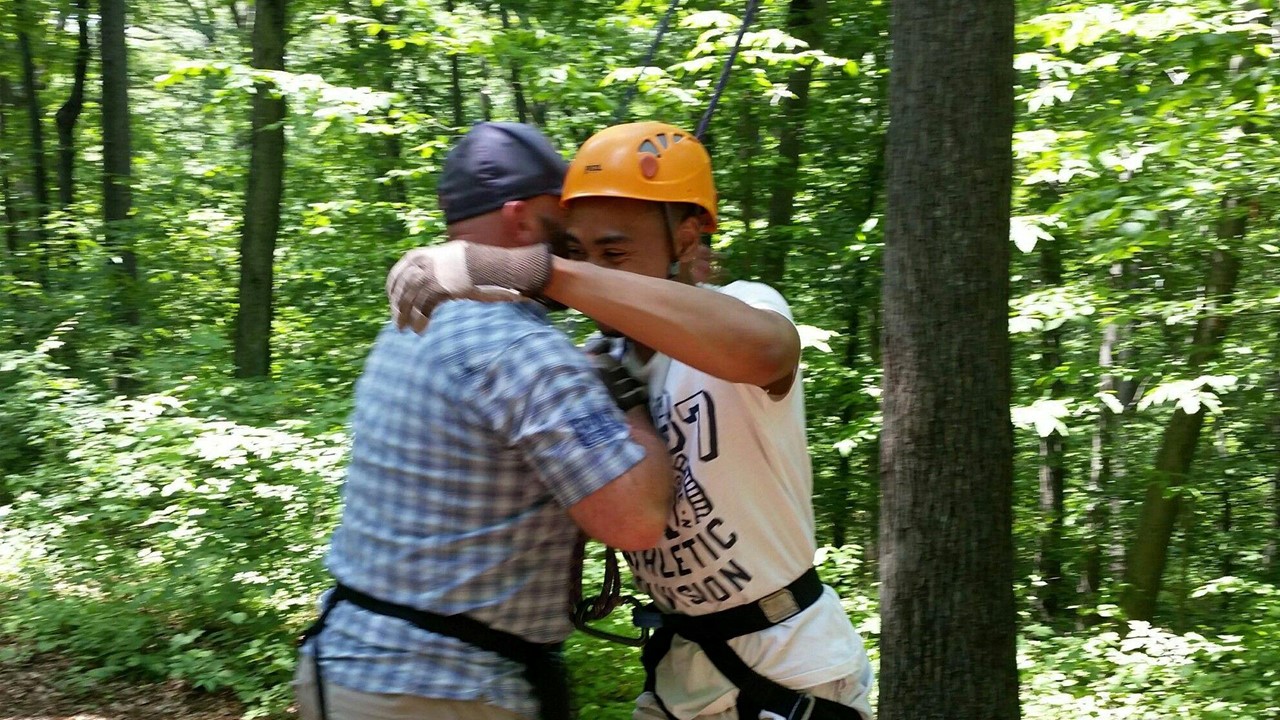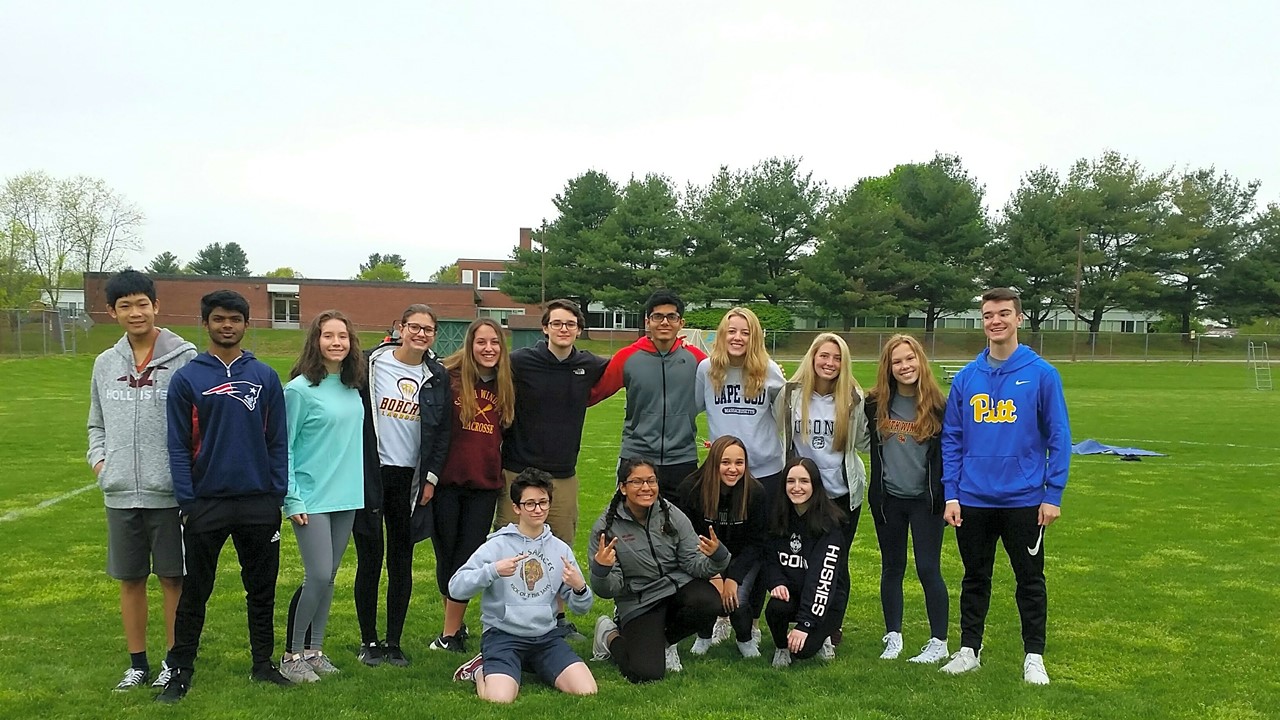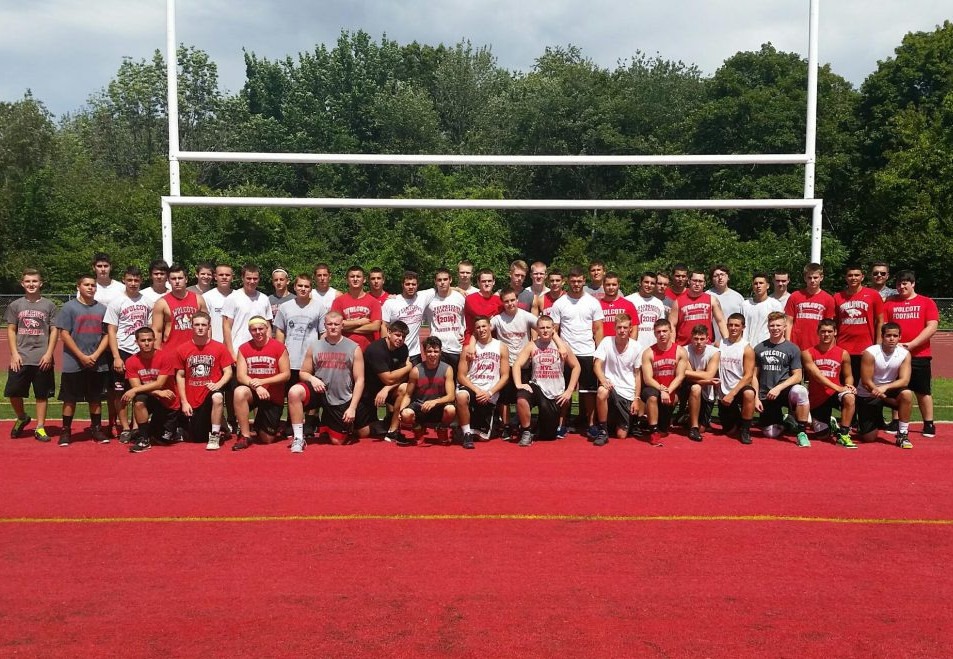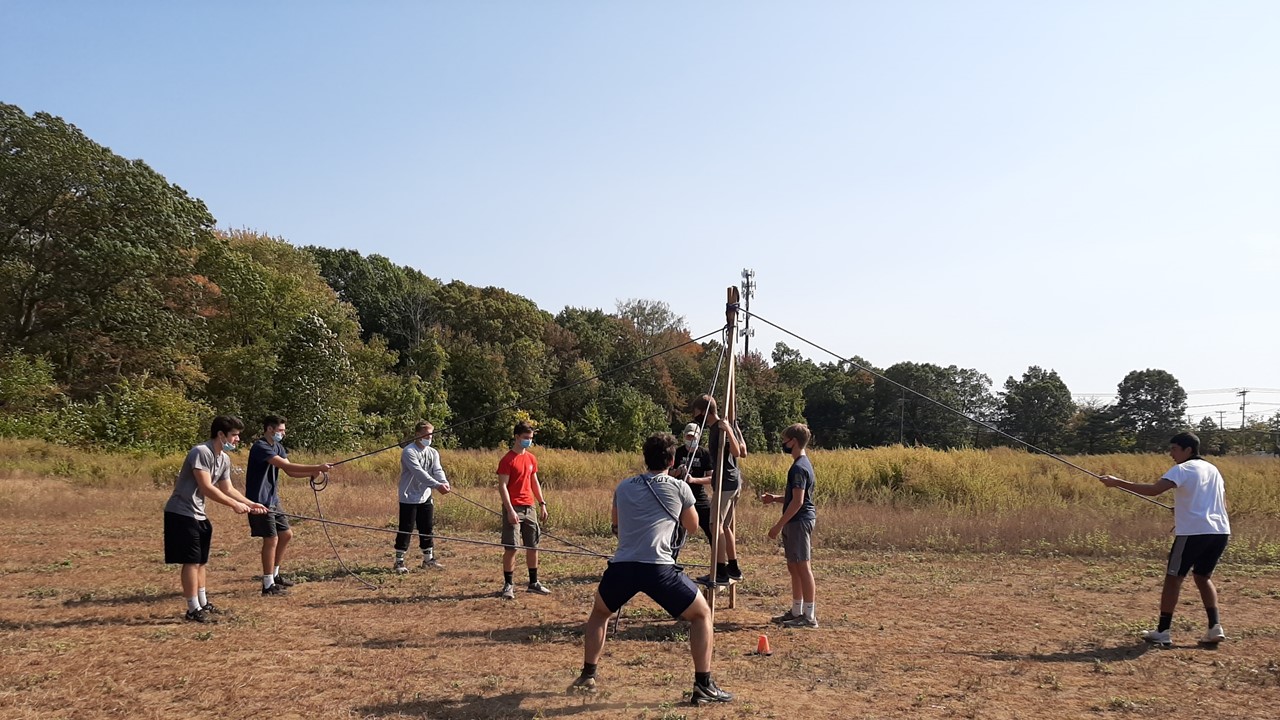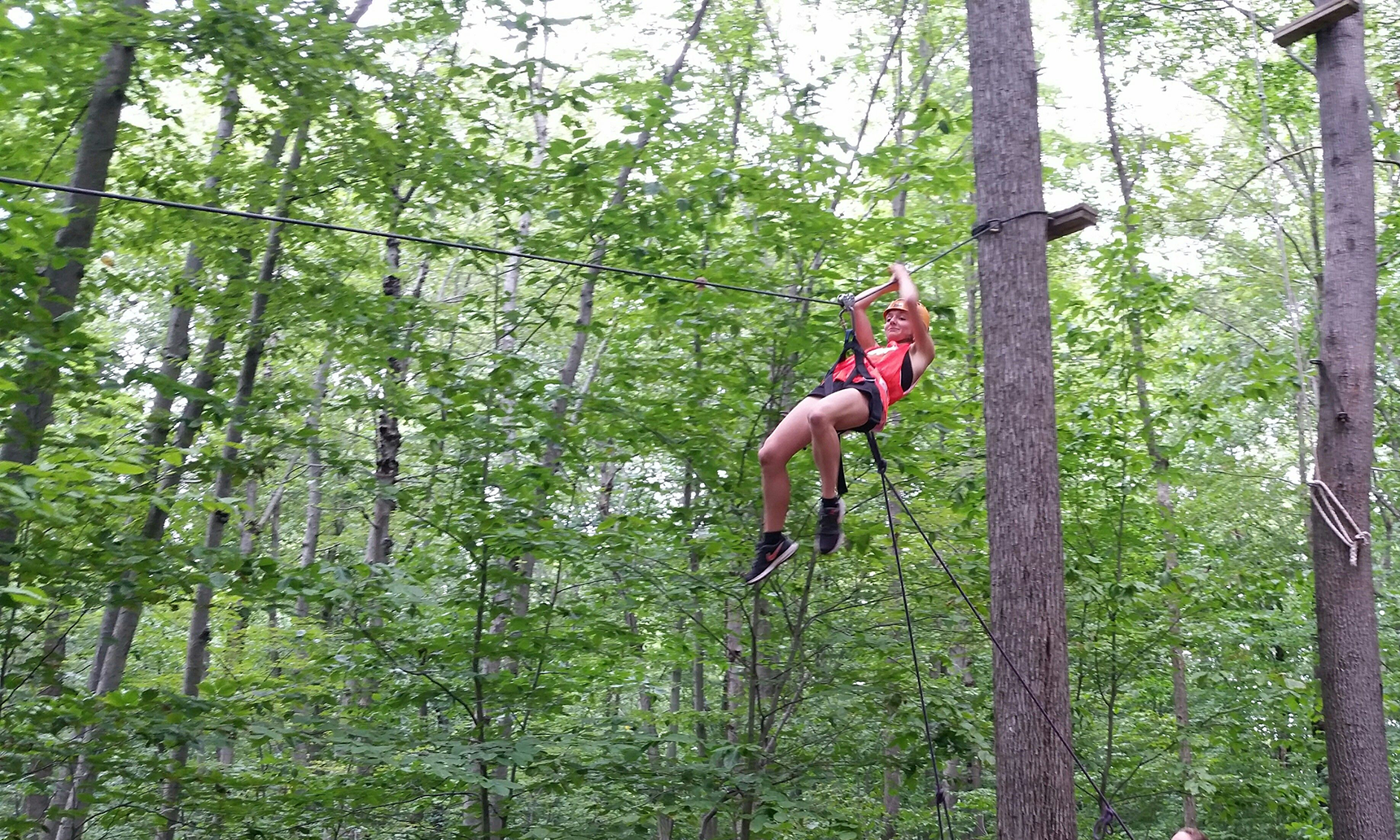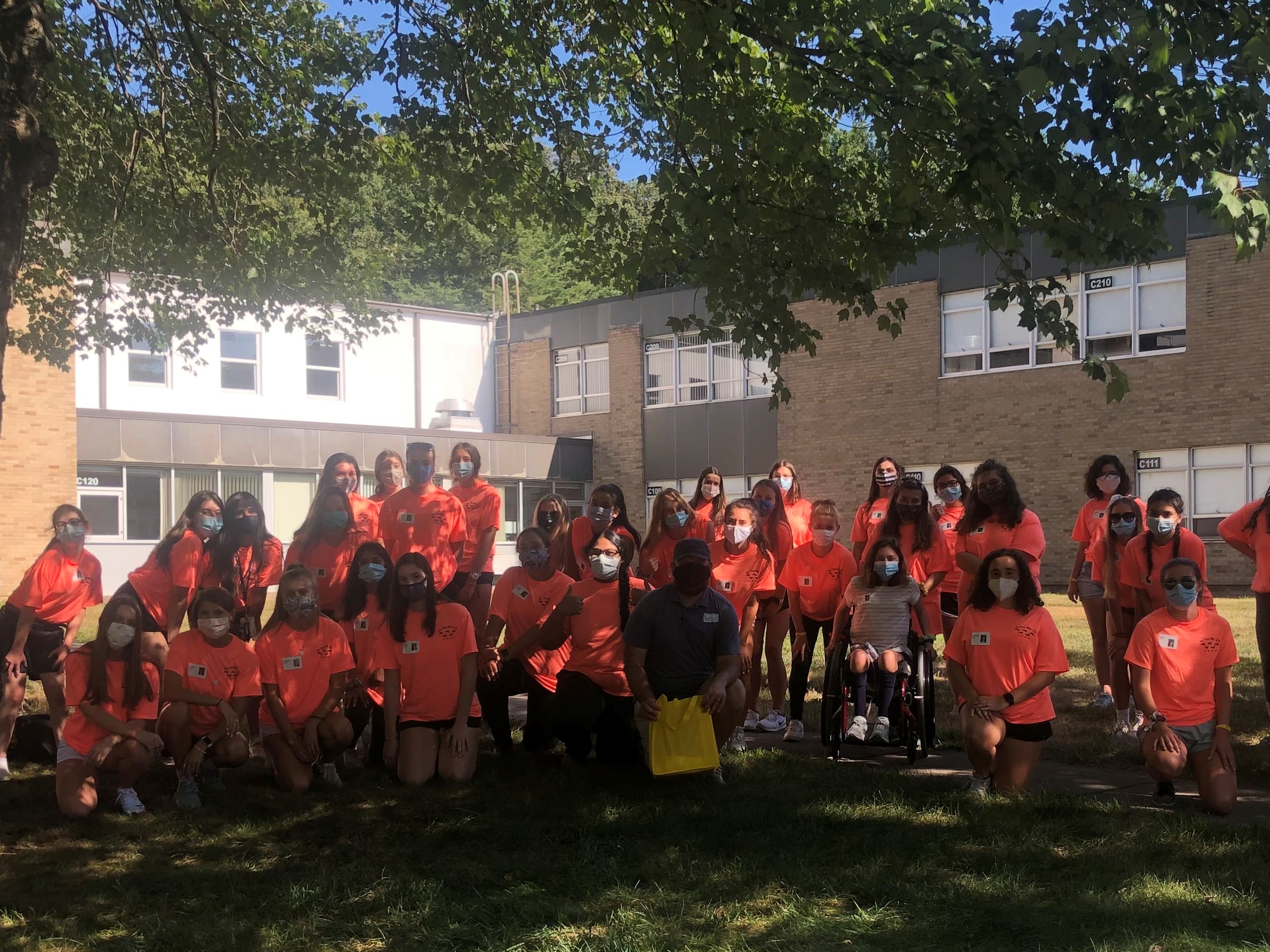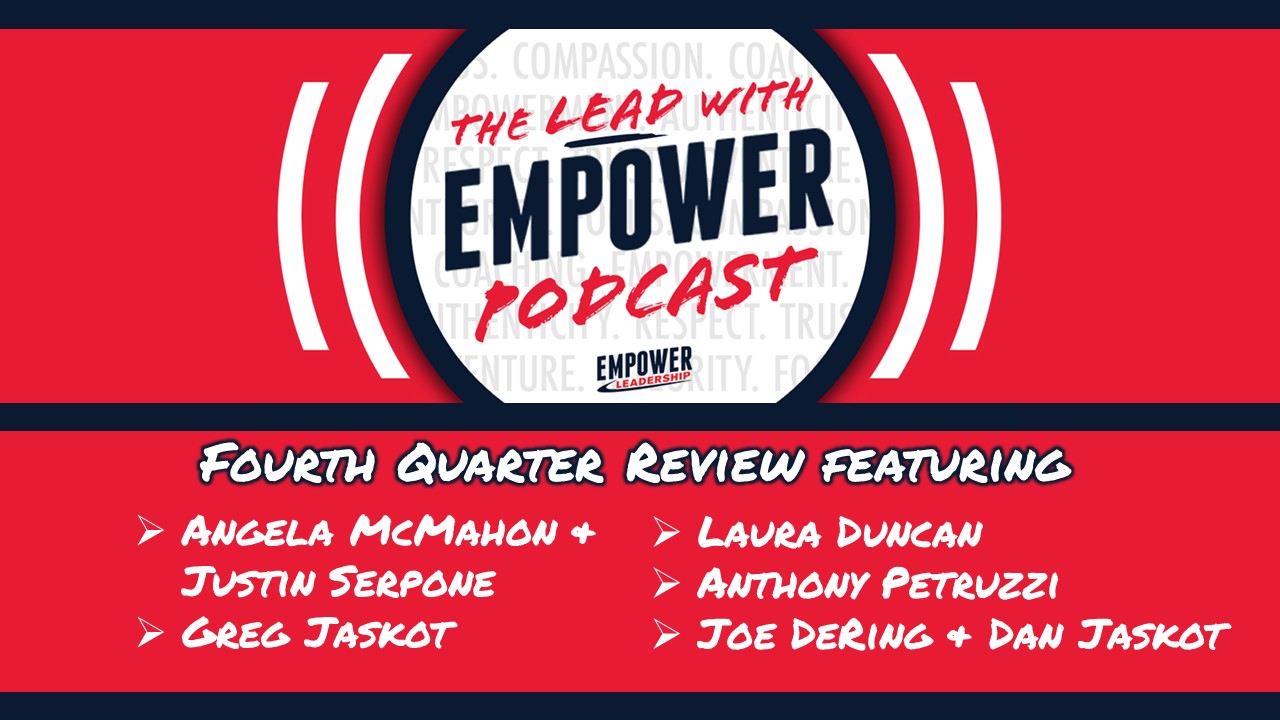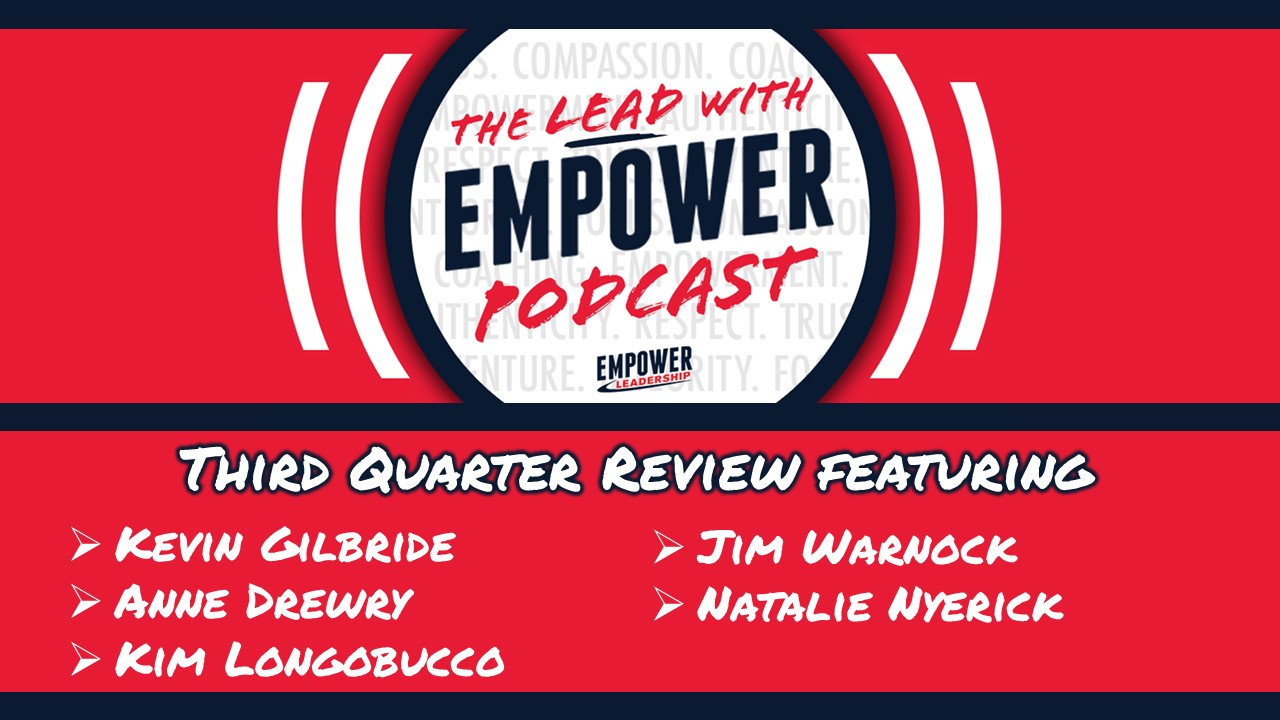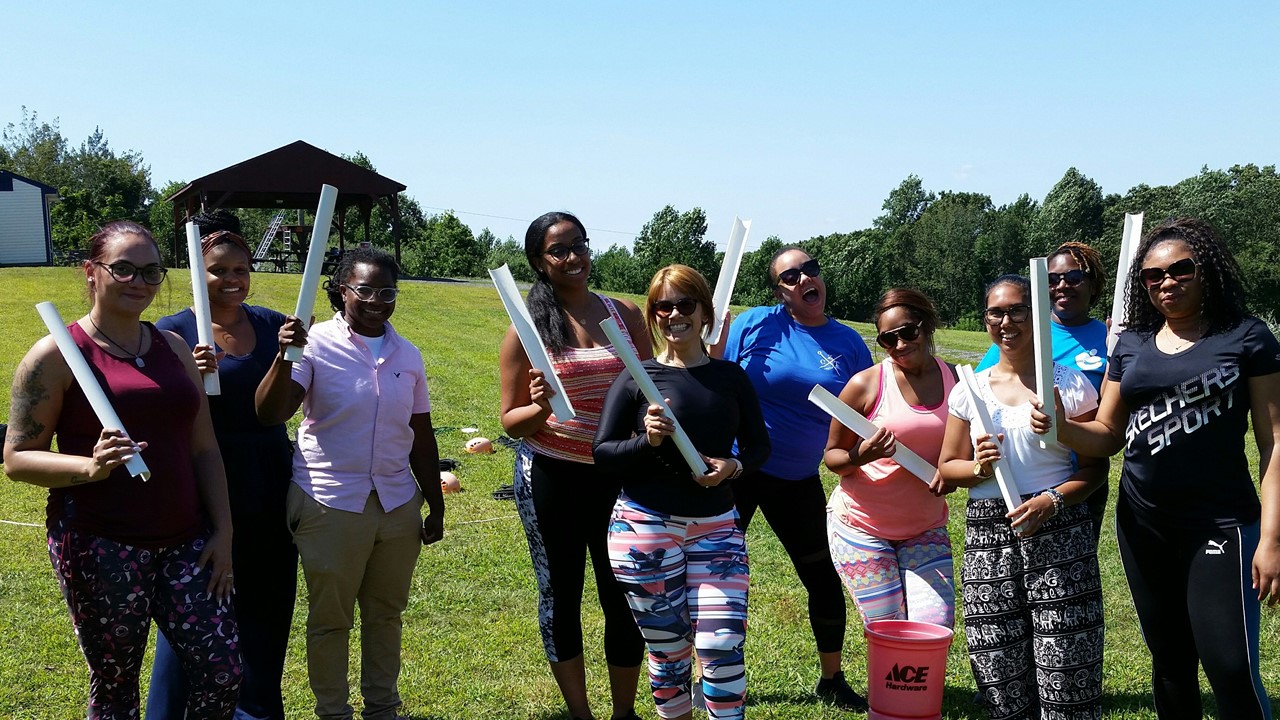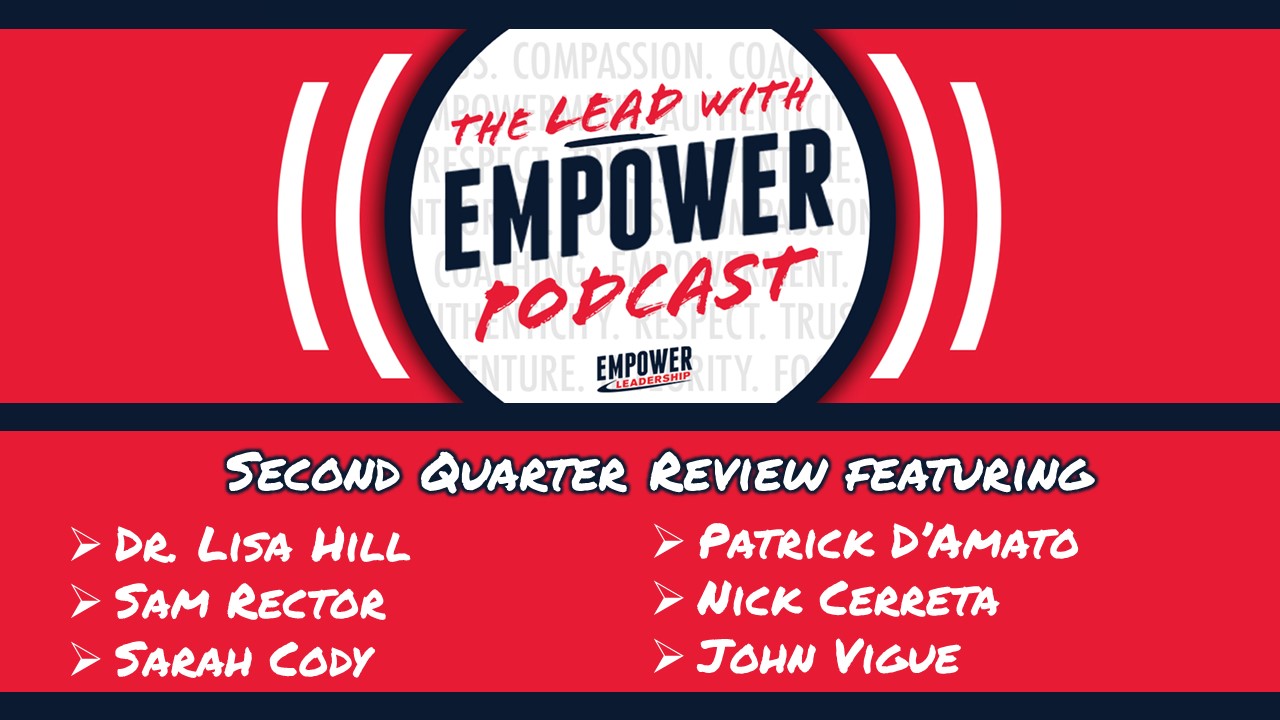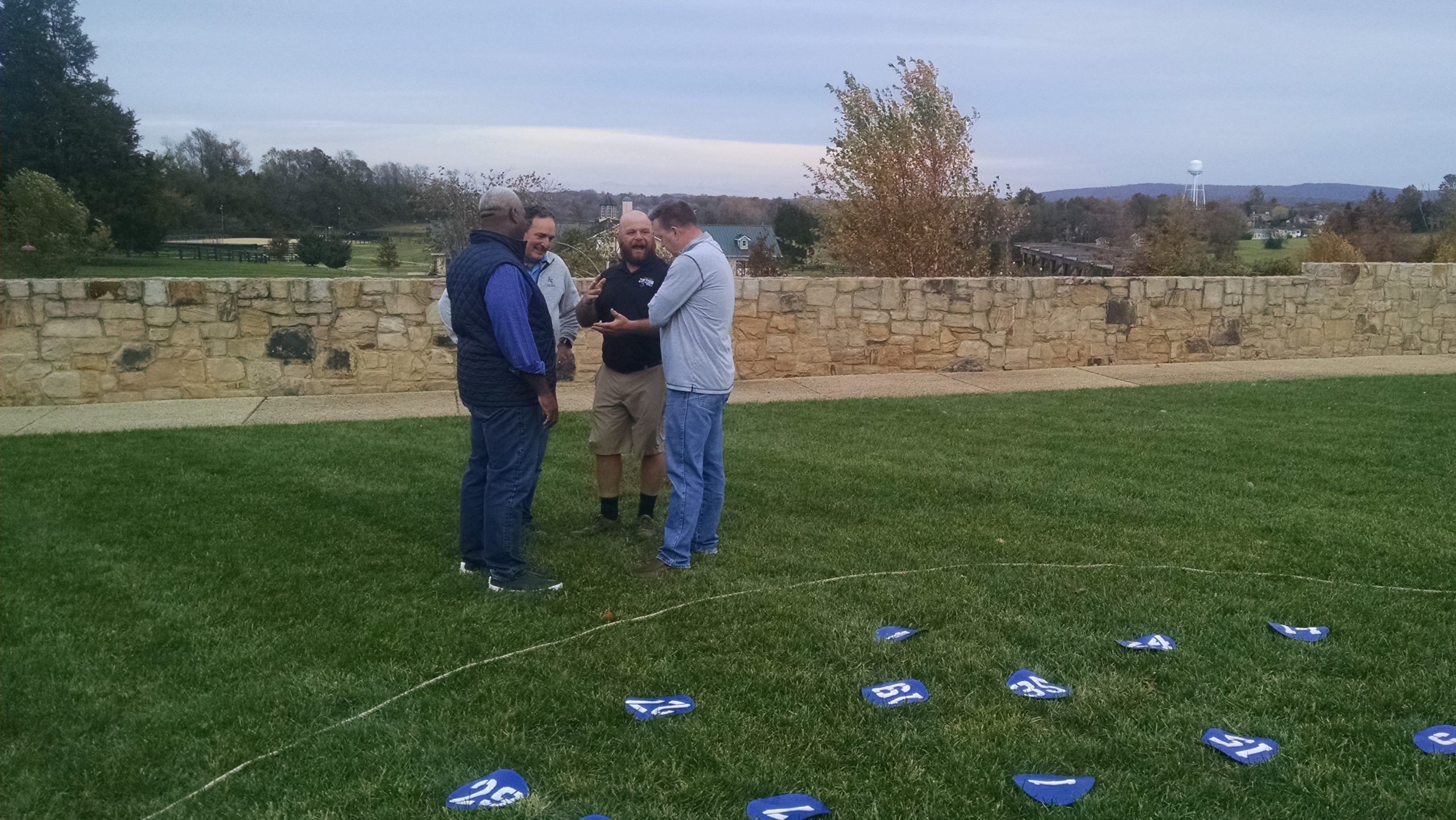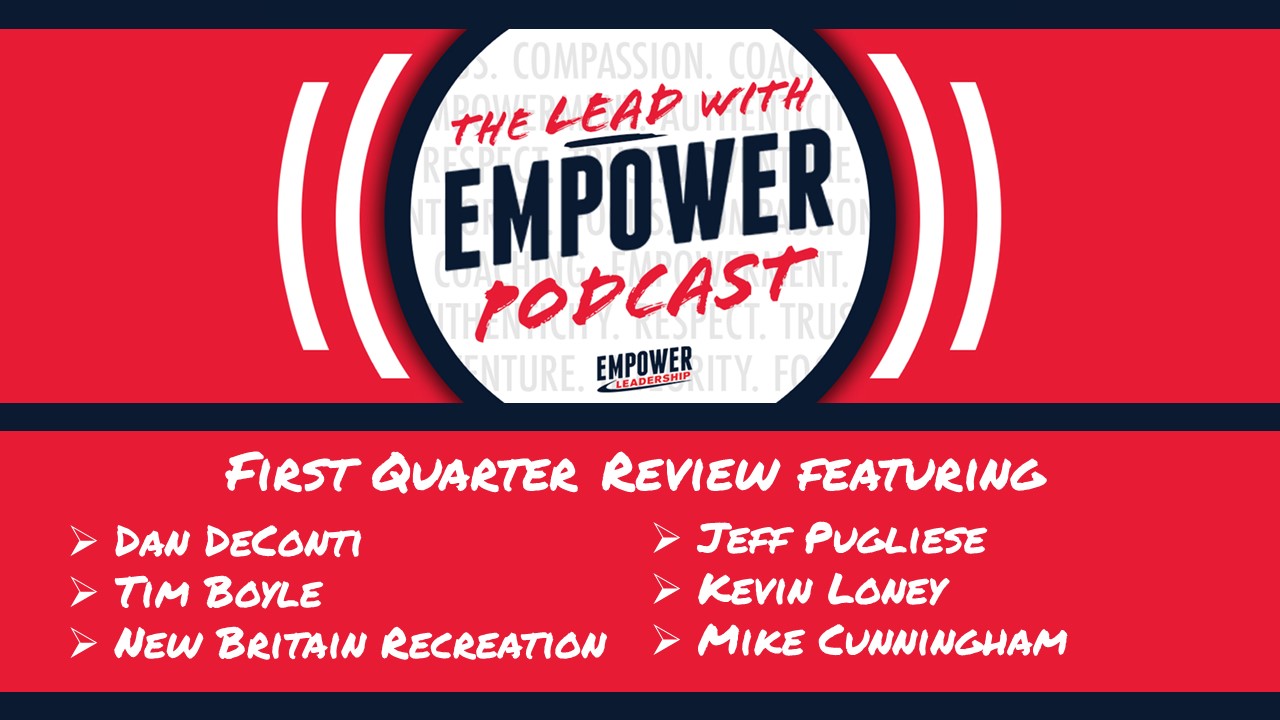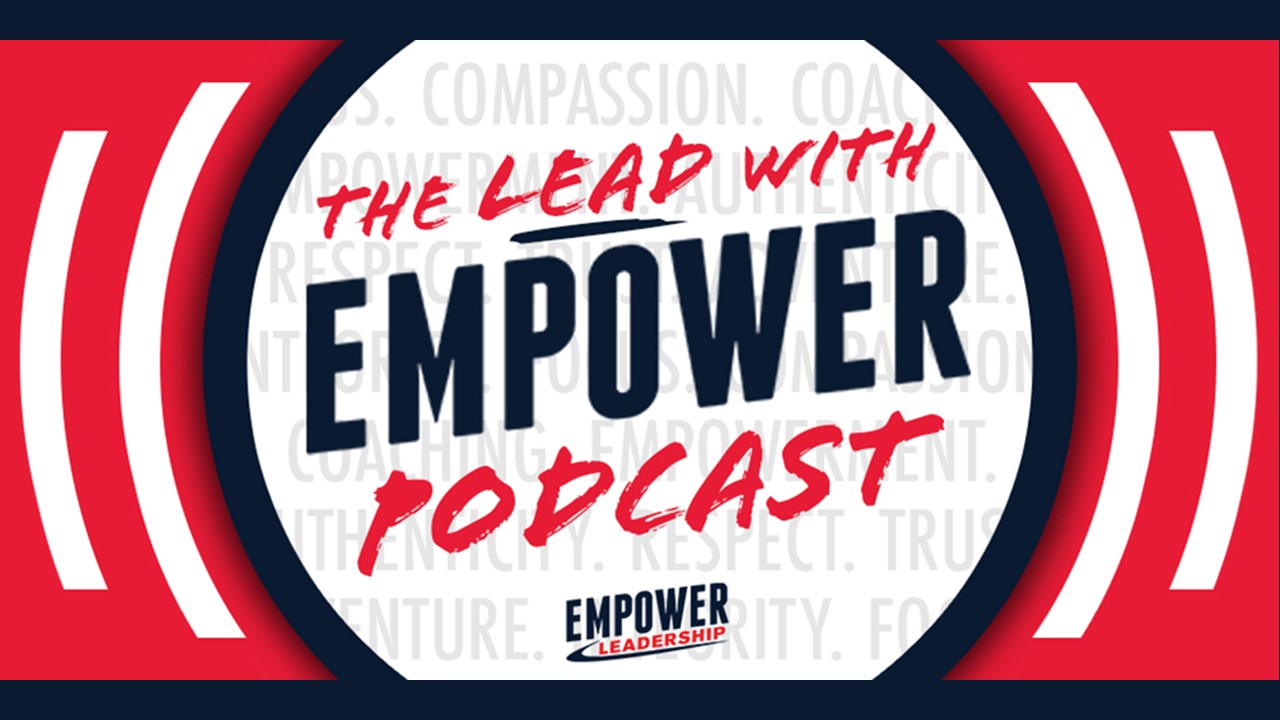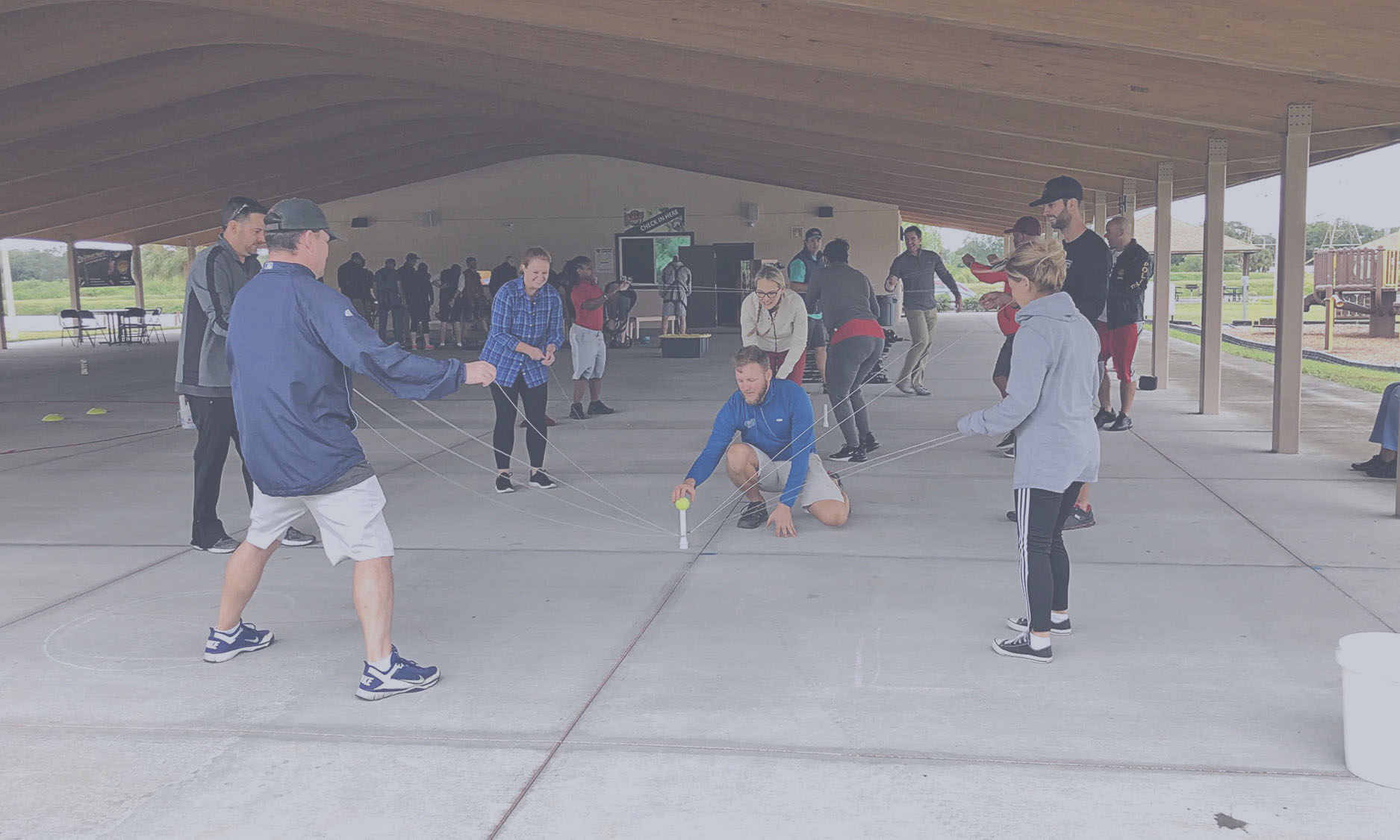Experiential Essentials: The Paper Telephone Activity
Communication is always a skill that can be worked on and improved. There are so many variables with communication because it is a “people skill” and people communicate with different styles and personalities.
One of the Empower Leadership Facilitators, Scout Crafts, recently introduced me to an activity that I had not led before – we are still “workshopping” the name, so we will refer to it as “Paper Telephone” for now! Since learning about this activity, I have led it with about 10 groups – ranging from middle school students to adults participating in our monthly team building retreats with their company – and the results have been tremendous thus far.
Paper Telephone is a great activity that is quick to deliver, requires little space and no special equipment, and can lead to some powerful takeaways for your group.
The Set-Up
- Have one sheet of paper for each person in your group/on your team
- Make sure each sheet of paper is folded and labeled (as outlined in the photo below)
- Have everyone take a seat at the desk or at the conference room table
- Give each person a blank sheet of paper (you can download the labeled paper here) and something to write with (pen or pencil will work just fine!)
The Briefing
- Instruct everyone to write a descriptive sentence in the section labeled “Sentence #1”. You will most likely be asked “what should I write?” – feel free to give the group no parameters (“write whatever you’d like”), some parameters (“write about something fun you did during summer vacation”), or strict parameters (“write about something you want to accomplish before you turn 20, or 30, or 40, etc.”). My only recommendation – make sure participants know that what they write will be read by others and, eventually, out loud – it should be appropriate for the group type!
- Give everyone 1 or 2 minutes to write their sentence.
- Once everyone is done, provide the next bit of instruction – ask everyone to pass their paper to someone else in the group and then return to their seat.
- Then instruct everyone to draw a picture/photo, to the best of their ability, to represent what they read in the sentence someone else wrote. The picture should be drawn in the section labeled “Drawing #1”. Give everyone 3 or 4 minutes to draw their picture.
- Once everyone has completed their drawing, instruct them to fold the paper so the ONLY THING THAT IS VISIBLE is their drawing. Once everyone has folded their papers, ask everyone to pass the paper to someone else in the group (preferably a different person than their first exchange).
- Repeat this process until there are 4 total sentences and 3 total drawings.
- Once each paper is filled with 4 sentences and 3 drawings, have everyone find the paper that had their sentence as sentence #1.
- Give the group a few minutes to look at their paper – there will most likely be some fun conversation and laughter!
The Wrap-Up
- Ask each person to stand-up and read (1) their original sentence and (2) the final sentence, then share a brief summary of the drawings and the other sentences.
- Make sure everyone has an opportunity to “share out” – there will likely be lots of laughter, so make sure everyone listens when each person reads their “results”.
- Once everyone has shared their “results”, give the group a minute or two to get the laughs out of their system, then move on to the debrief.
The Debrief
- You, as the facilitator, can make the debrief as “surface” or as “deep” as you’d like.
- If you want the activity to serve exclusively as a fun team bonding activity, keep the debrief short, sweet, and “on the surface”, avoiding any deep discussion about communication.
- If you’d like the activity to serve as an experience that leads to in-depth conversation about how we communicate, how we interpret what others share with us, etc., you can absolutely do so!
- Debrief question #1 – How accurate was the last sentence when compared to the original sentence you wrote? Was it pretty much the same, very different, or somewhere in between?
- Debrief question #2 – For those whose last sentence was very similar to their original – describe what the other people had to draw/write to lead to that result. The answer will probably focus on the level of detail in the drawings/other sentences – leading to a great takeaway about detailed and intentional communication.
- For those whose last sentence was very different from their original, why do you think there was such a discrepancy between the two? Where did the breakdowns in communication occur?
- If you were to do this activity again, what would you do differently to minimize, or eliminate, breakdowns in communication?
- Give an example of when our communication breaks down in the classroom/office/etc. Based on what we learned/experienced during this activity, what can we do differently to minimize/eliminate those breakdowns? Be sure to create a list of “actionable items” for your team to work on once they return to their regular work/school routine based on what they discussed during the debrief and be sure to celebrate when those new action items are executed – you will see improvements in how your team communicates in no time!!!
Youth Leadership Development at Empower Adventures
At Empower Leadership, our leadership development programs help young people develop the skills and confidence to become leaders in their community. Not only are our programs are great learning opportunities, but they’re also a lot of fun. With adventure-based courses and our enthusiastic instructors, your child is sure to have a good time and make some memories. To sign up for a program, contact Empower Leadership today!

